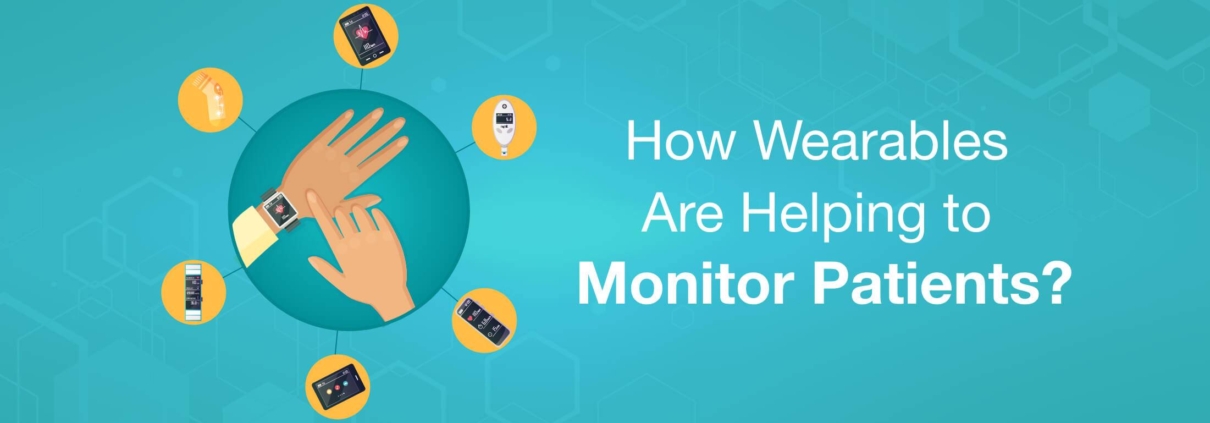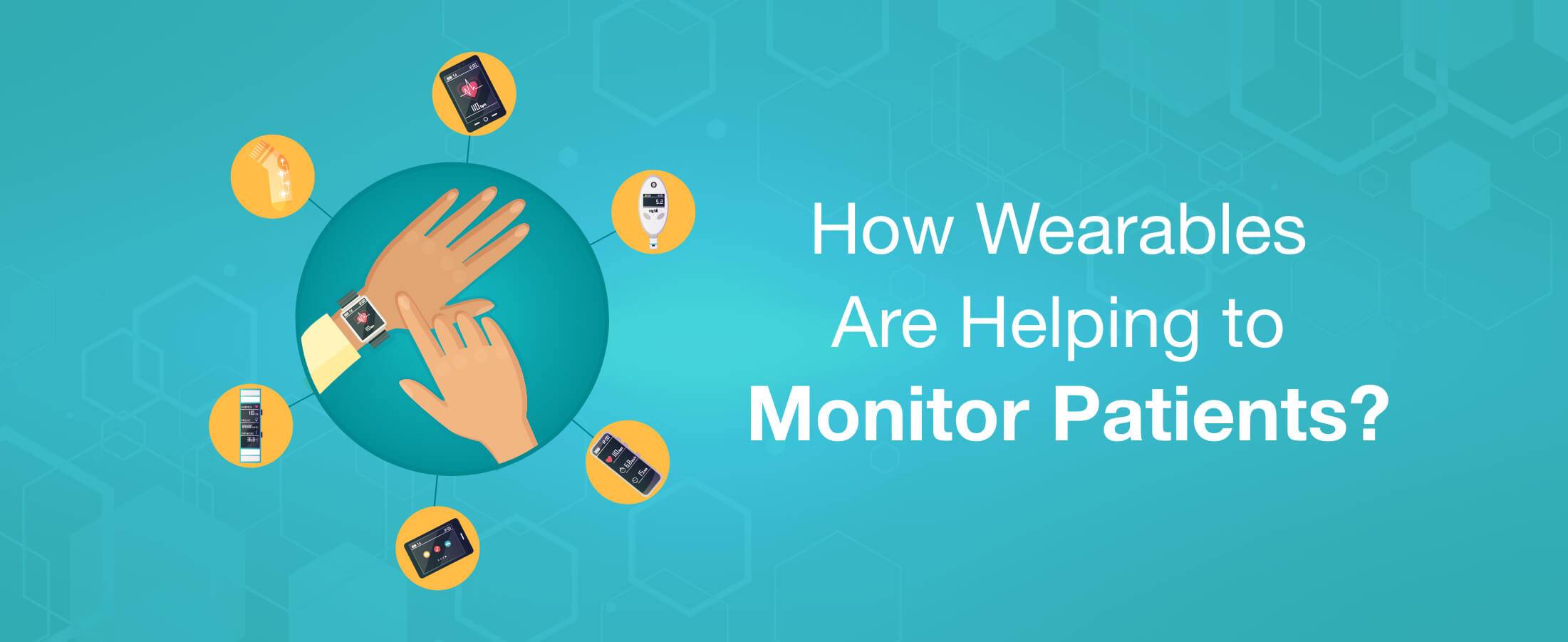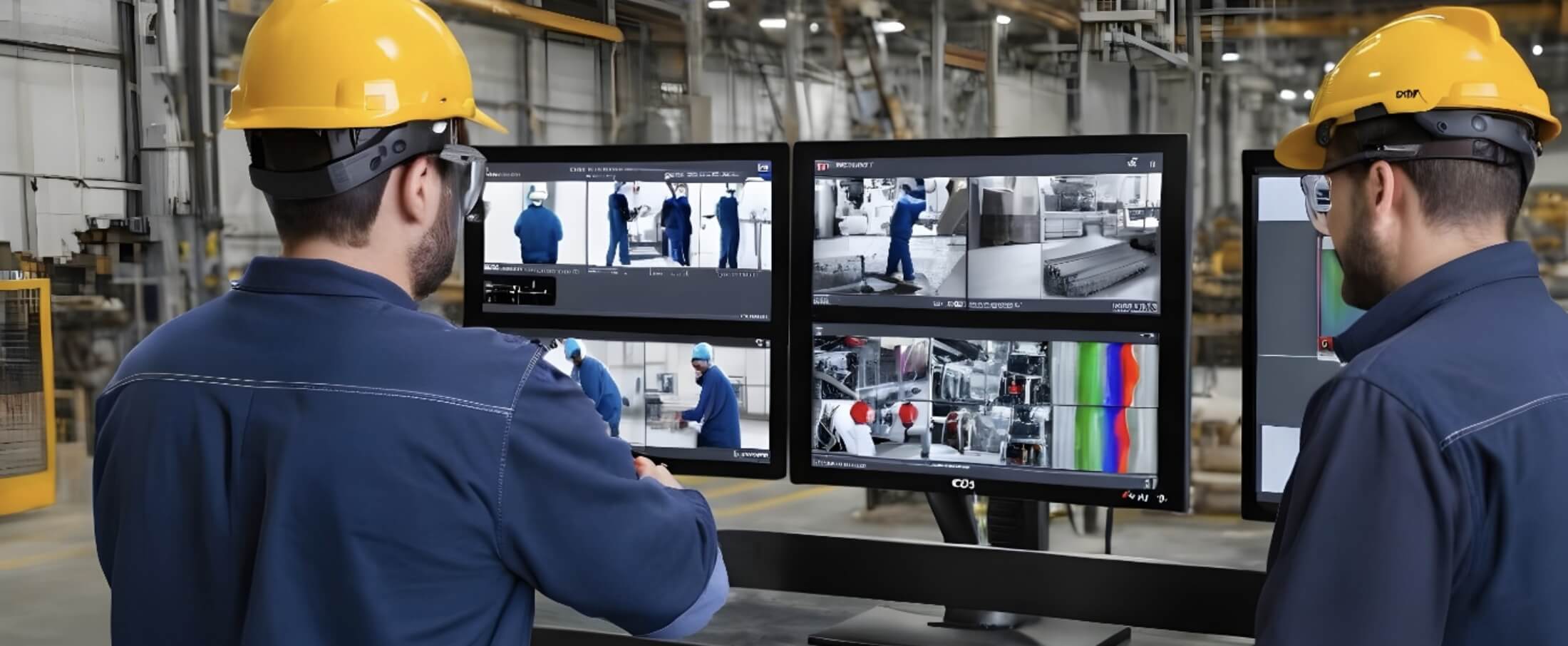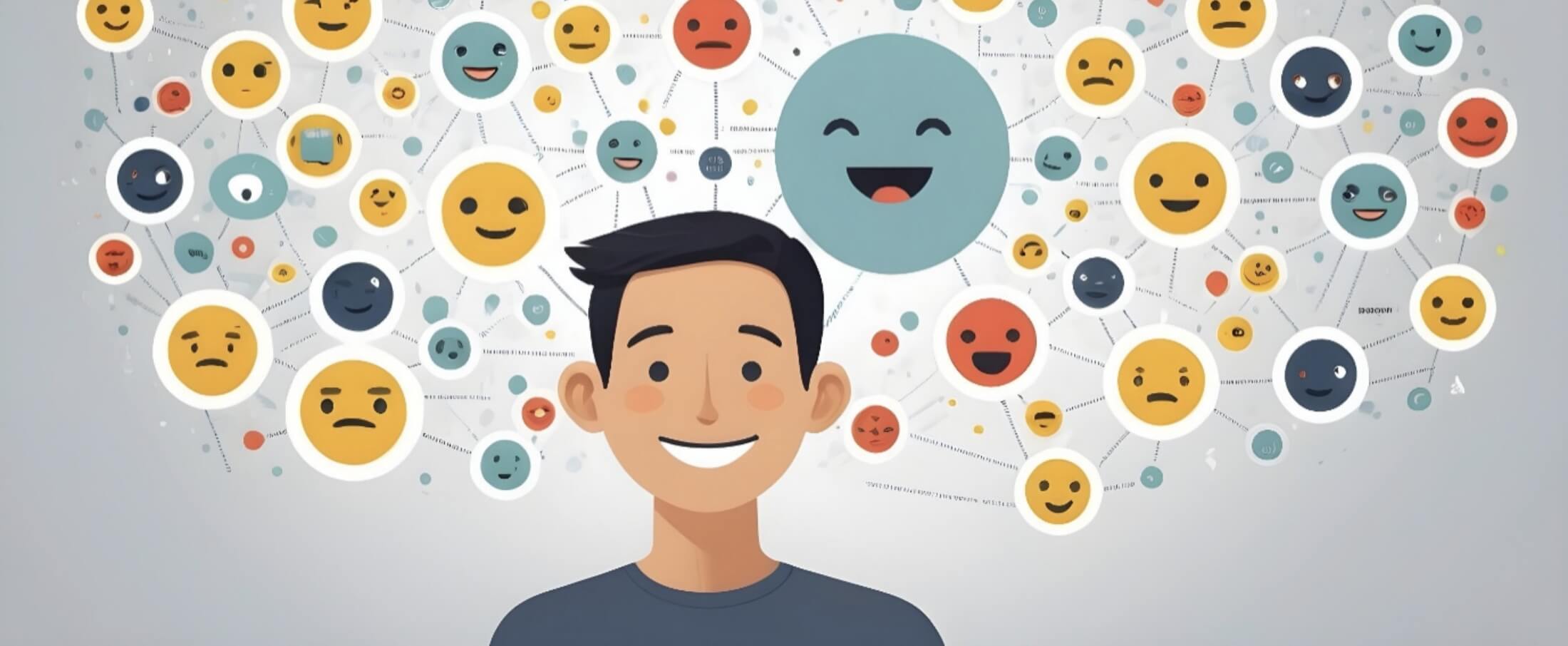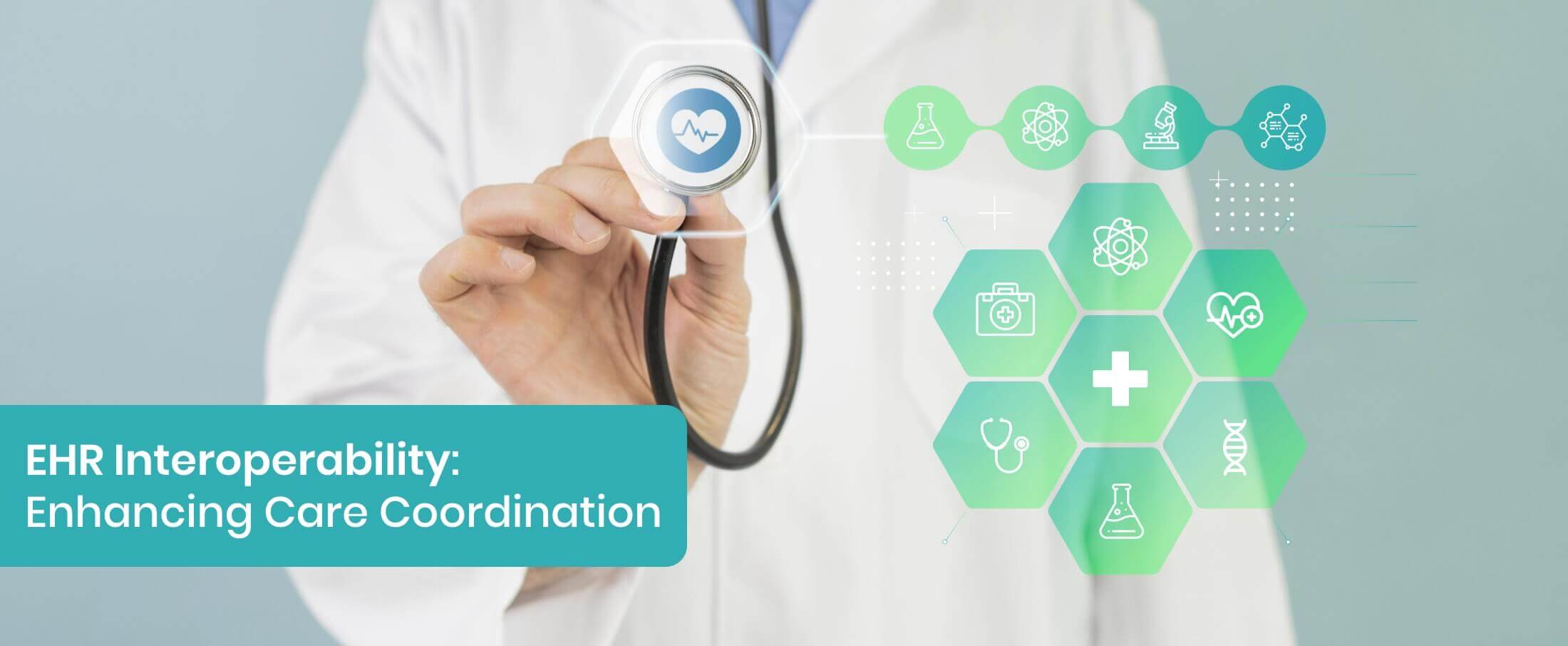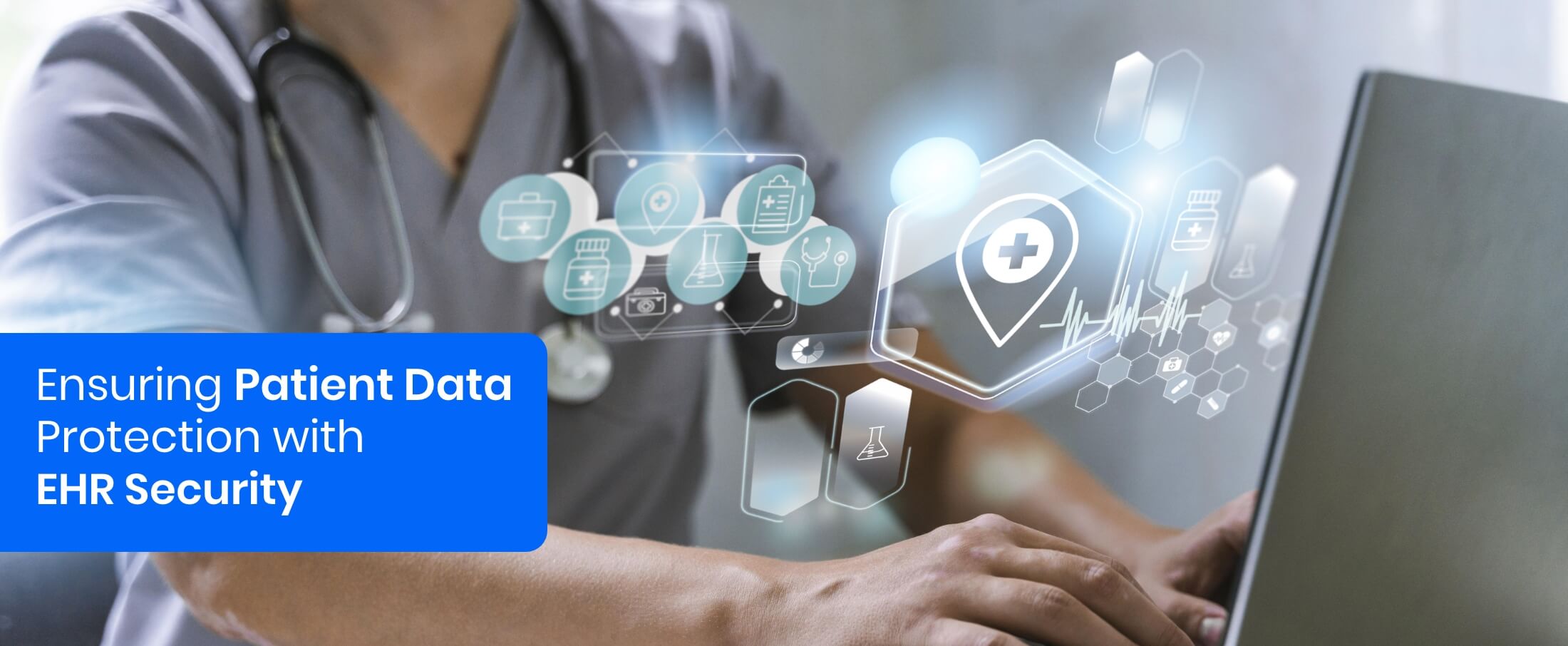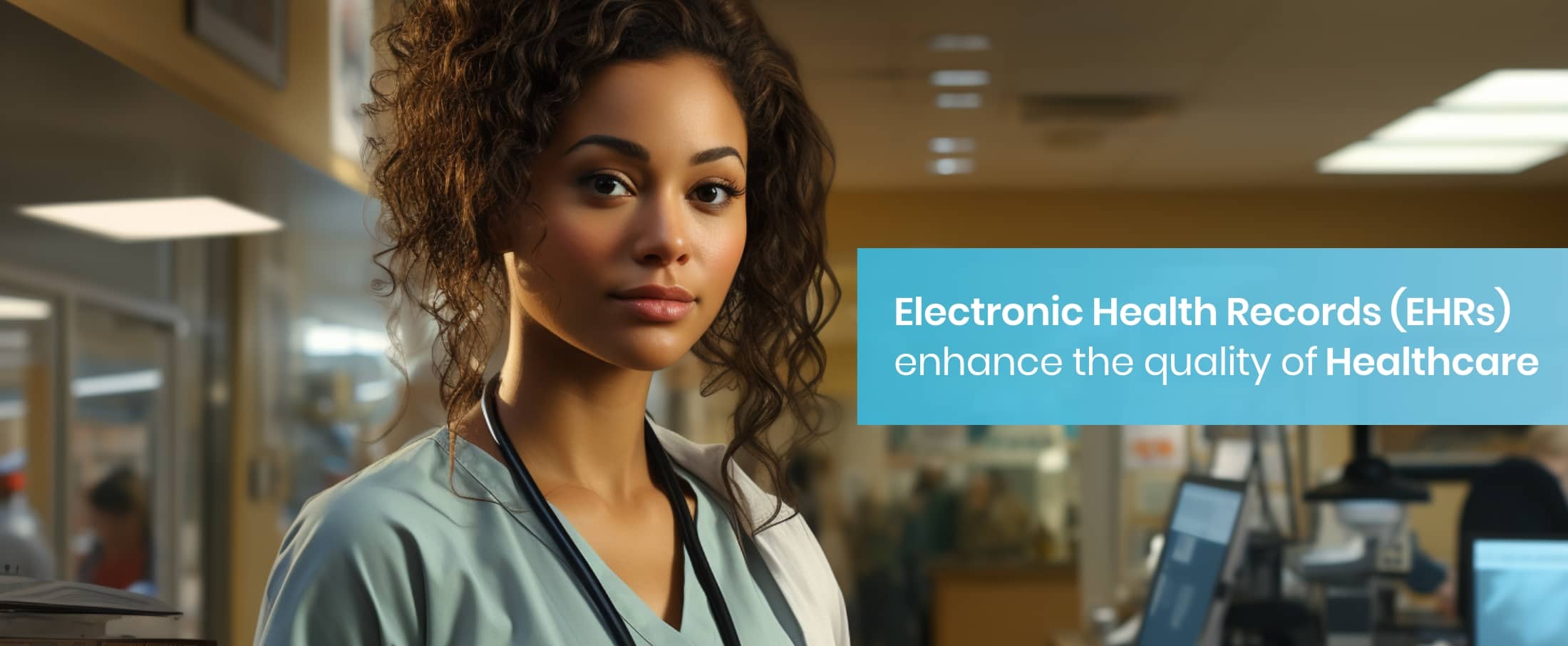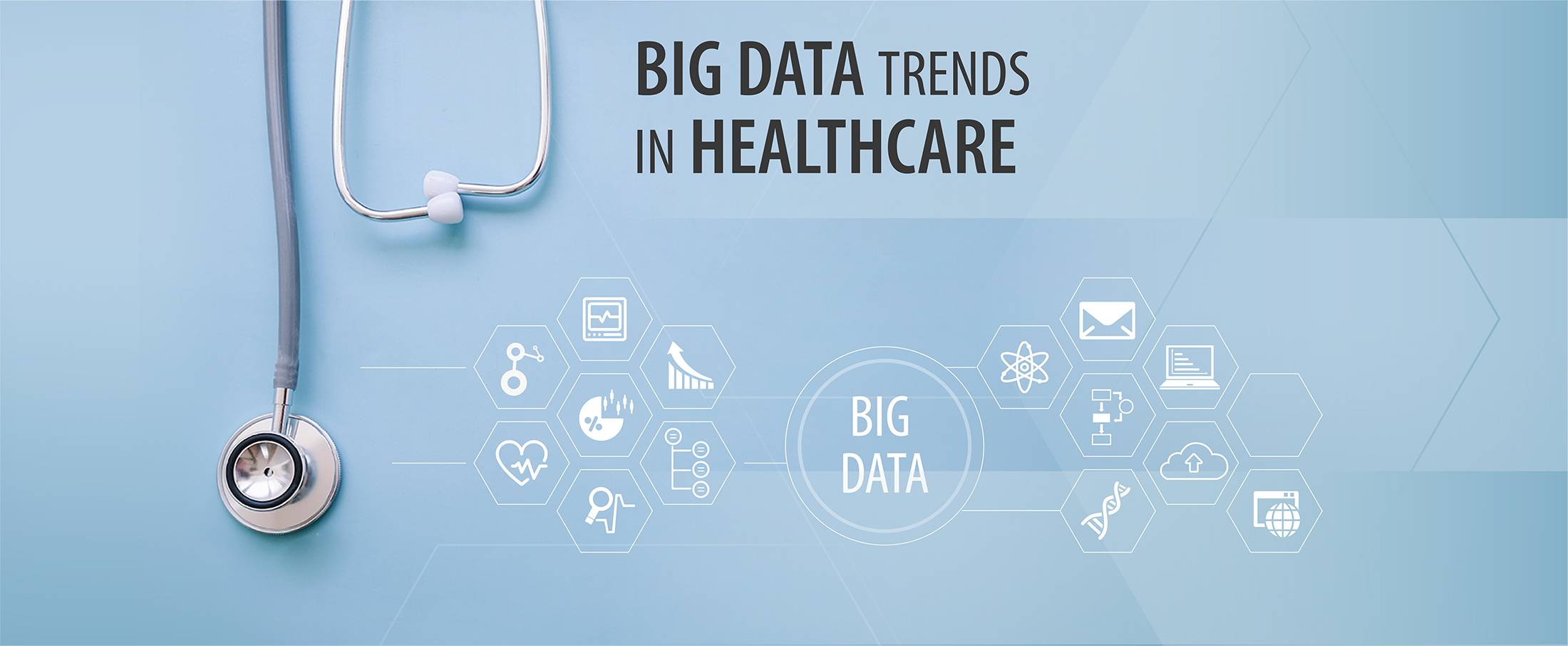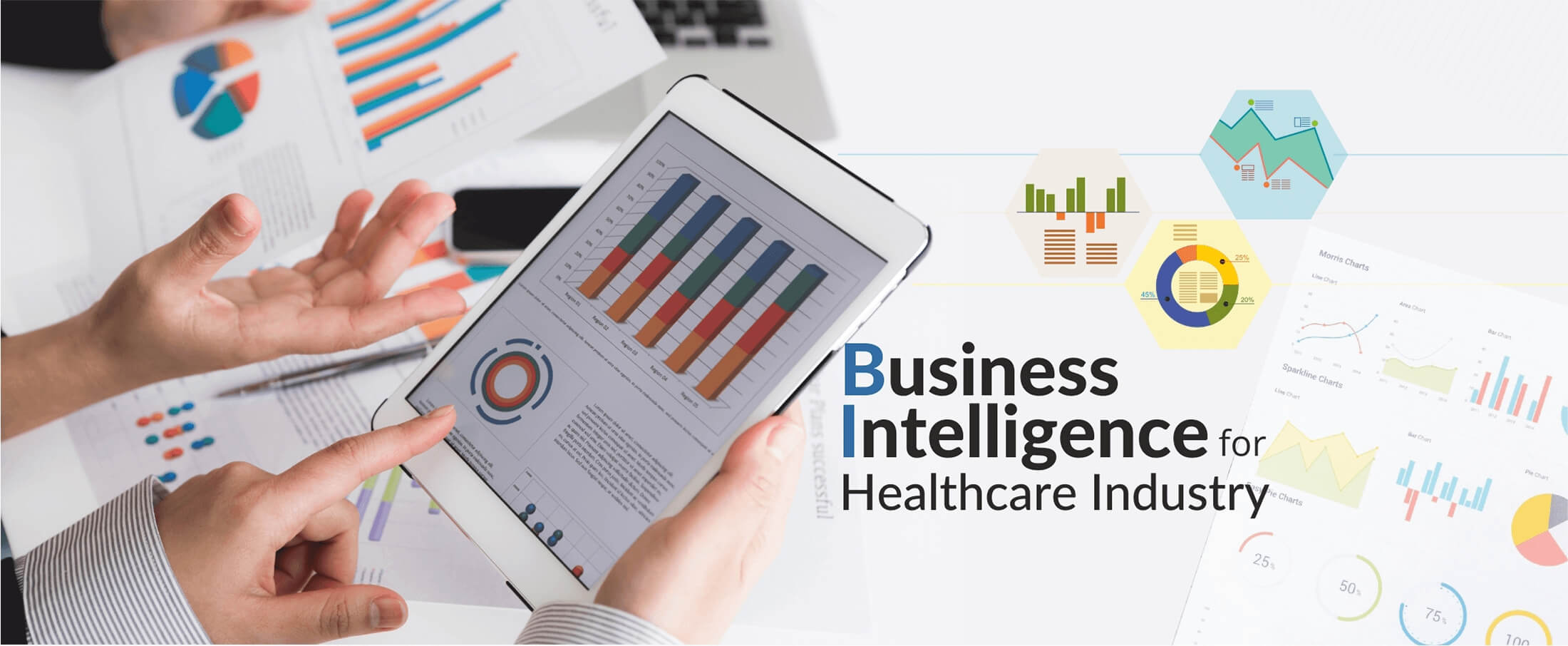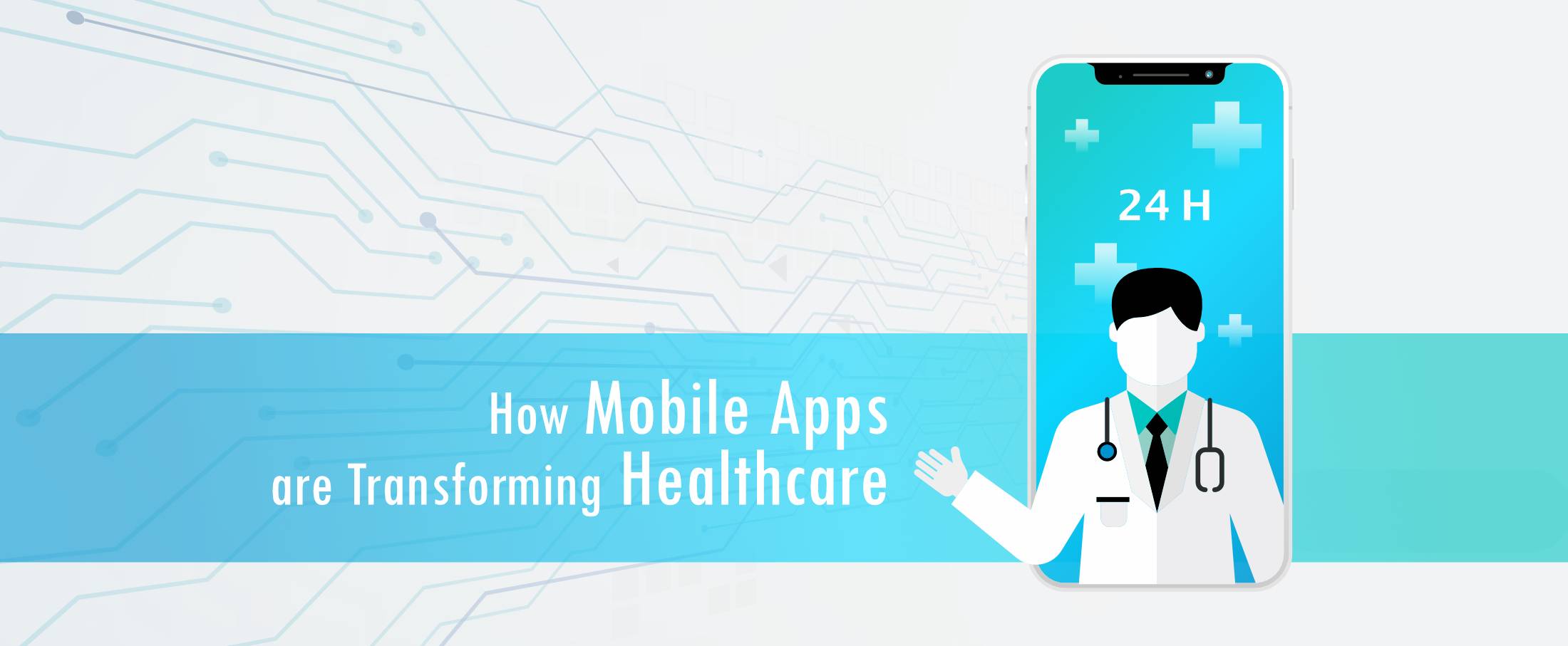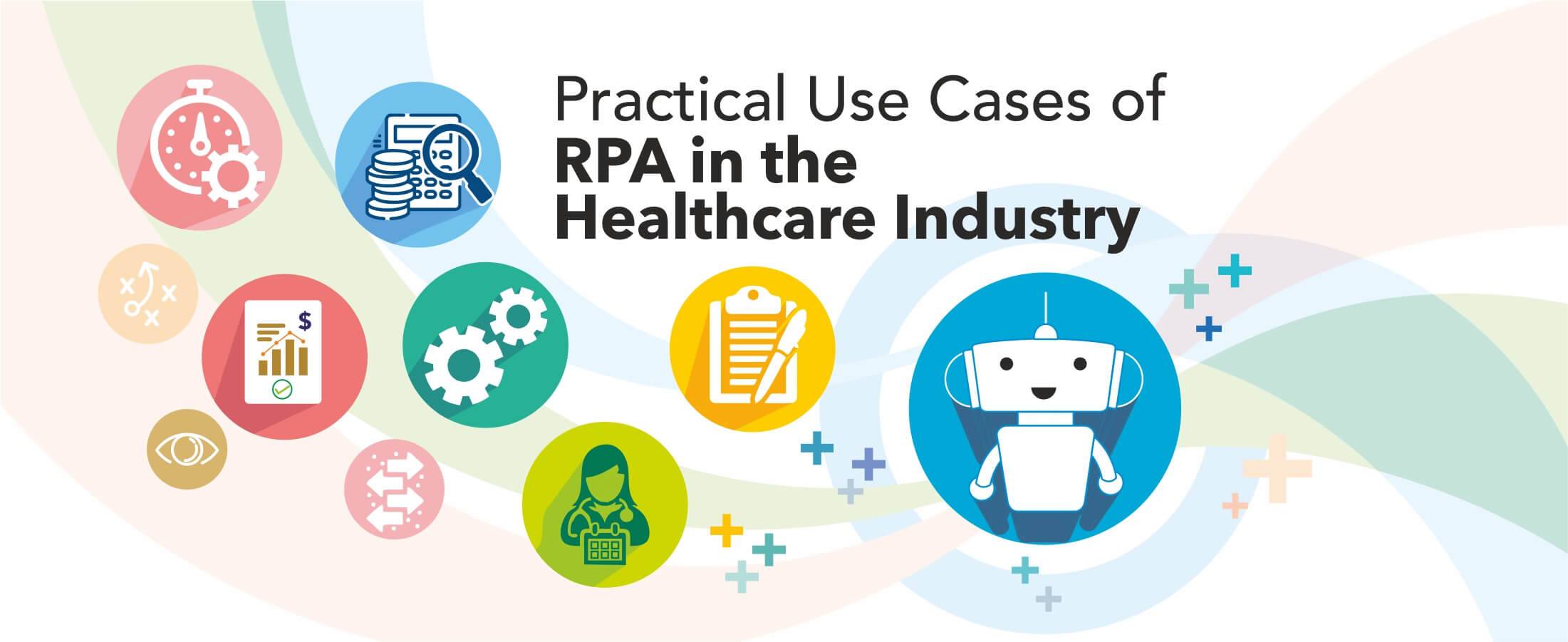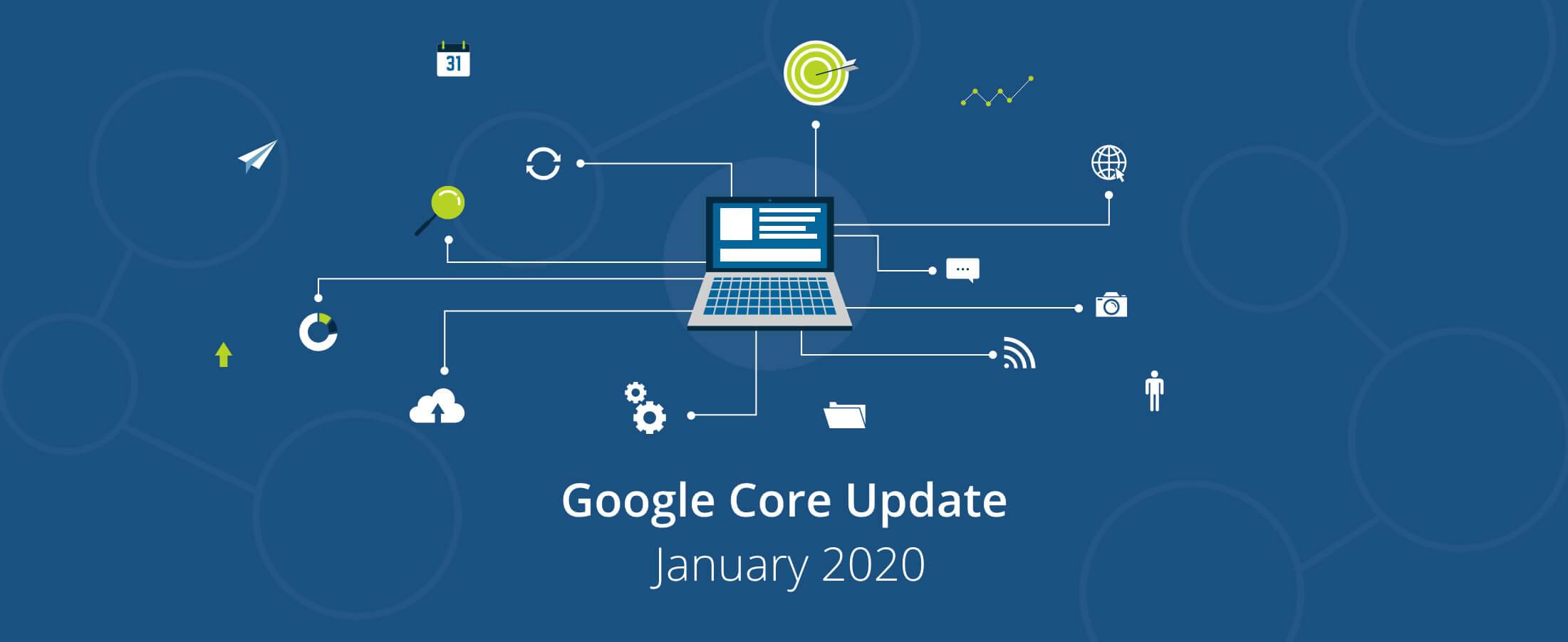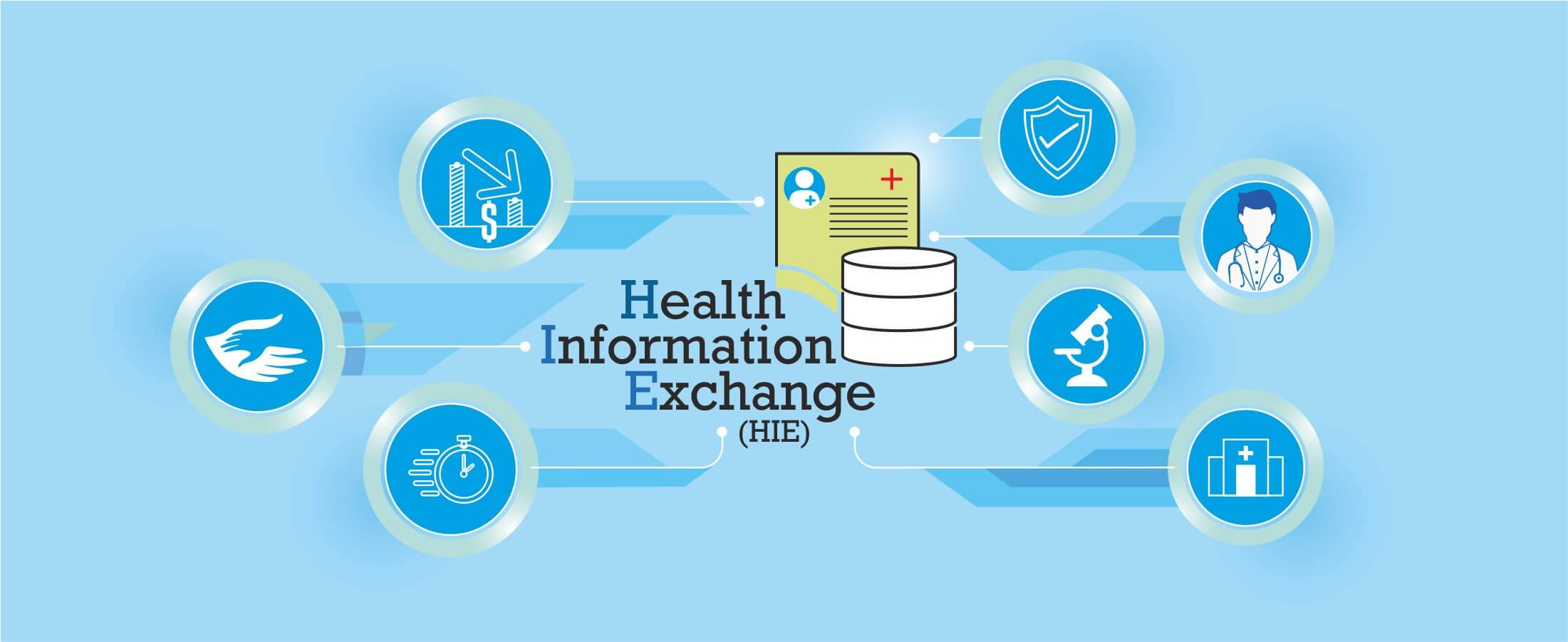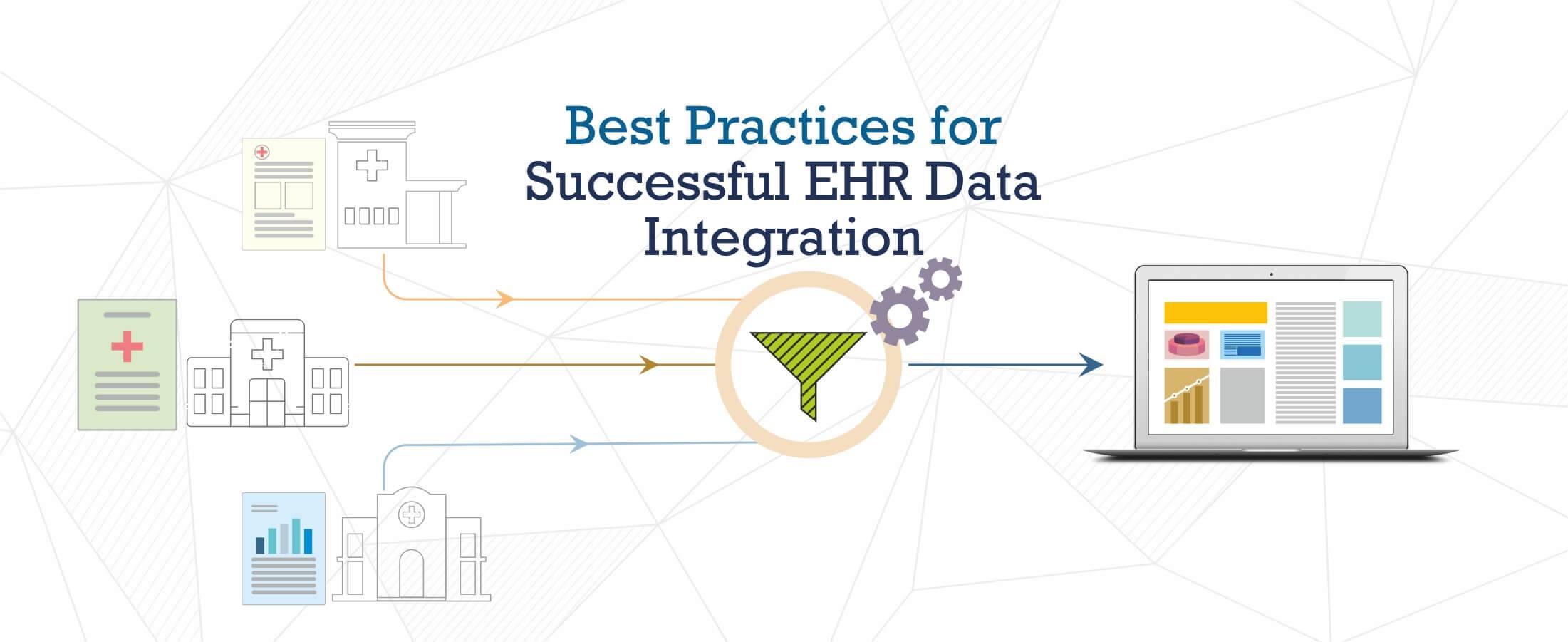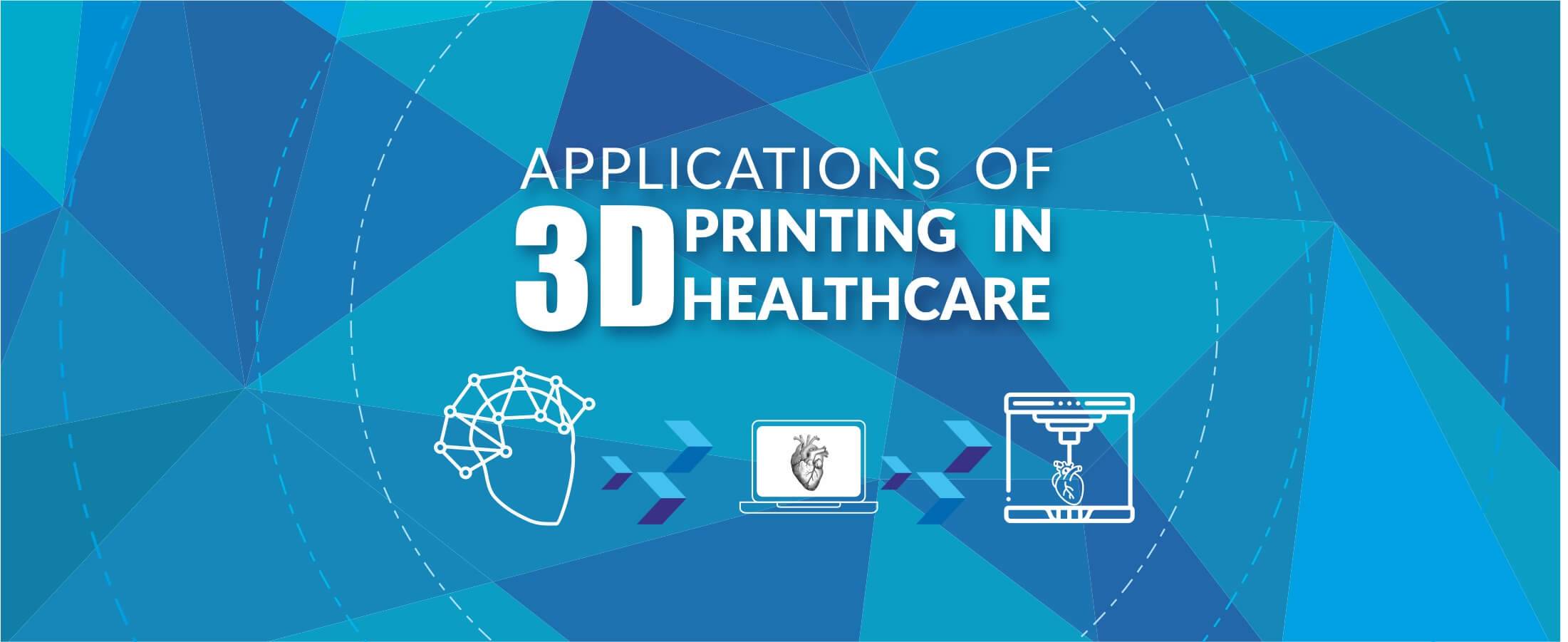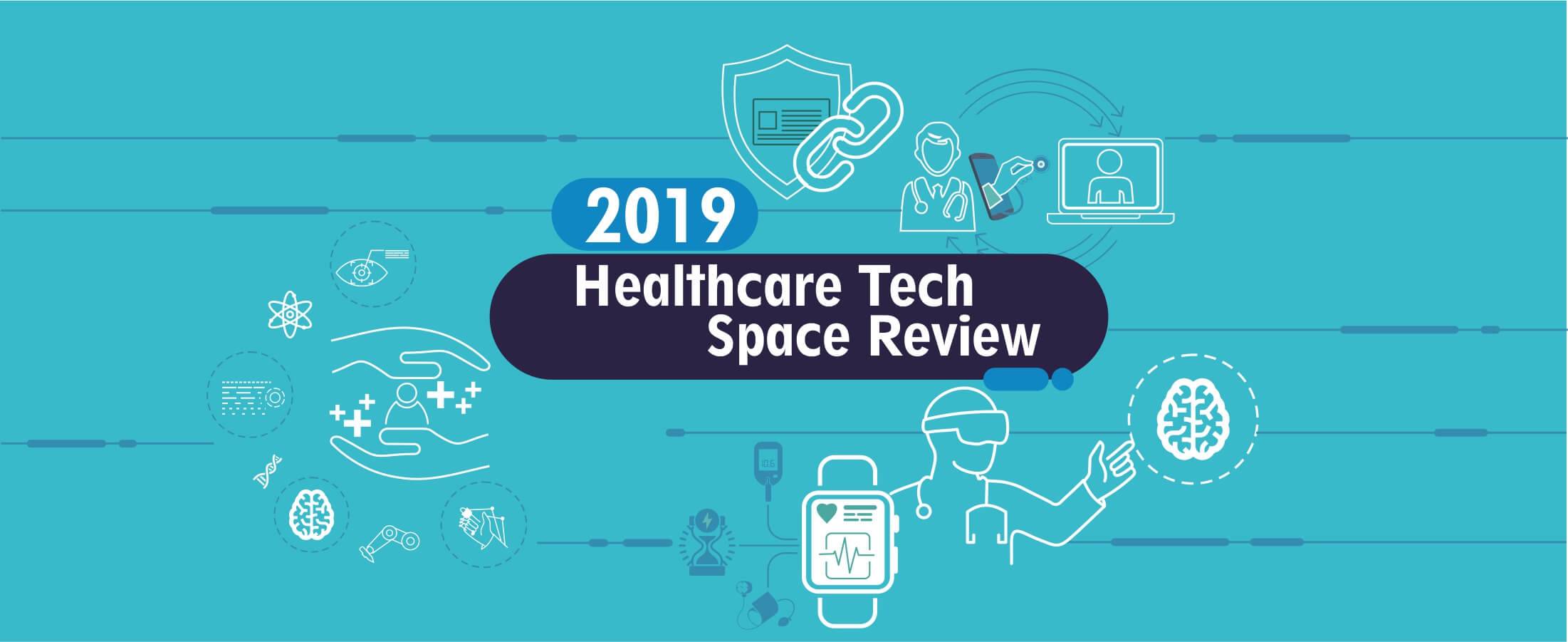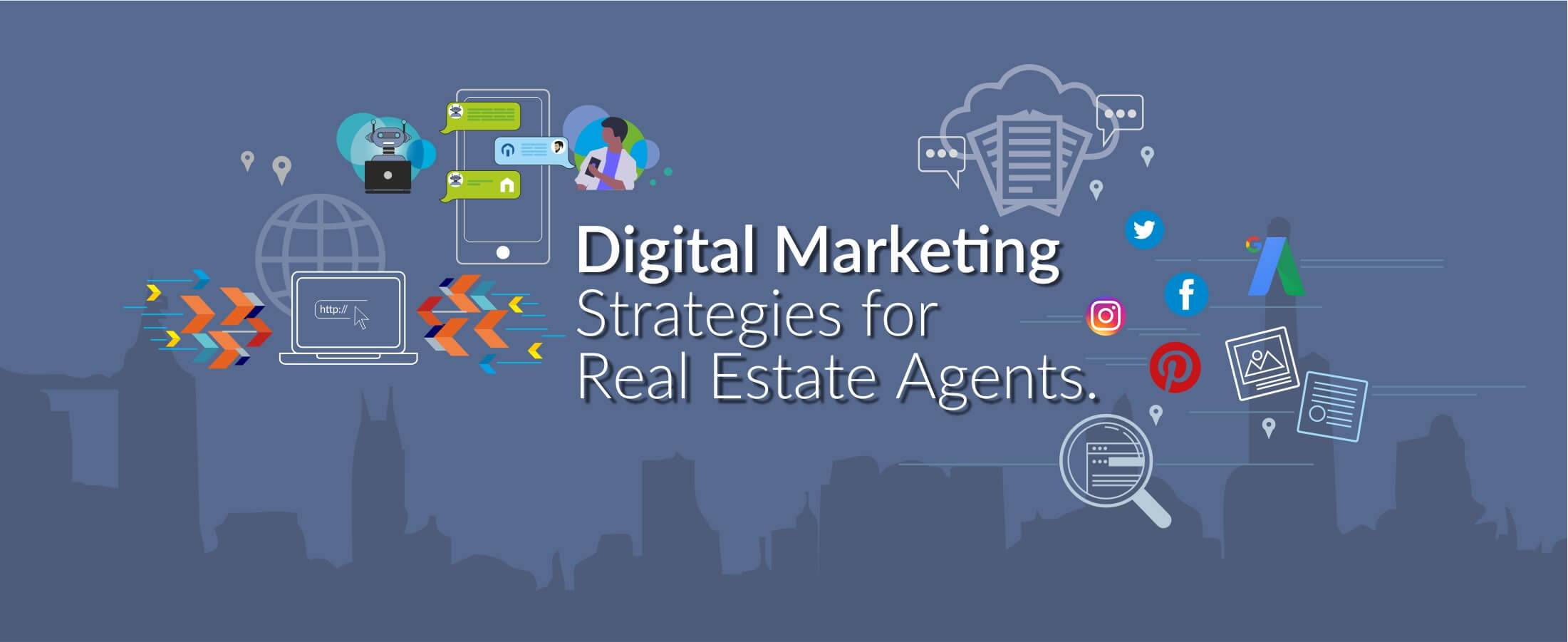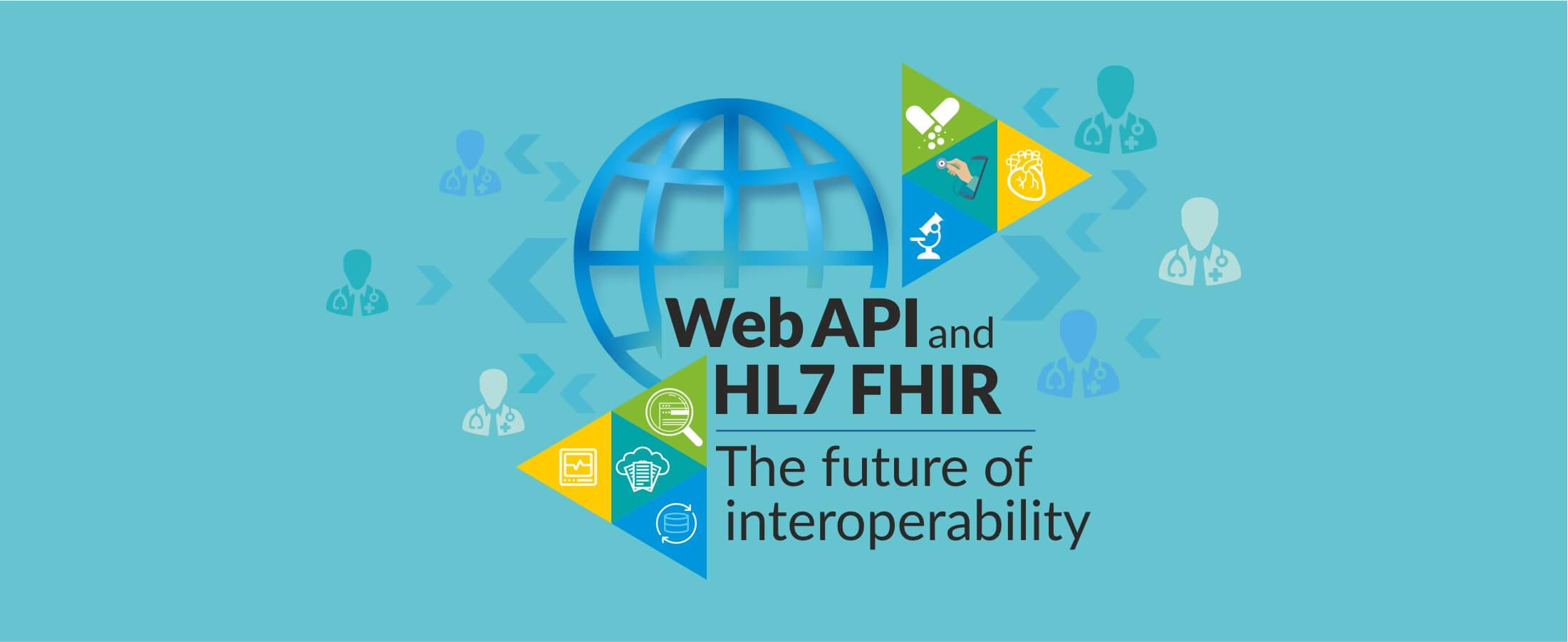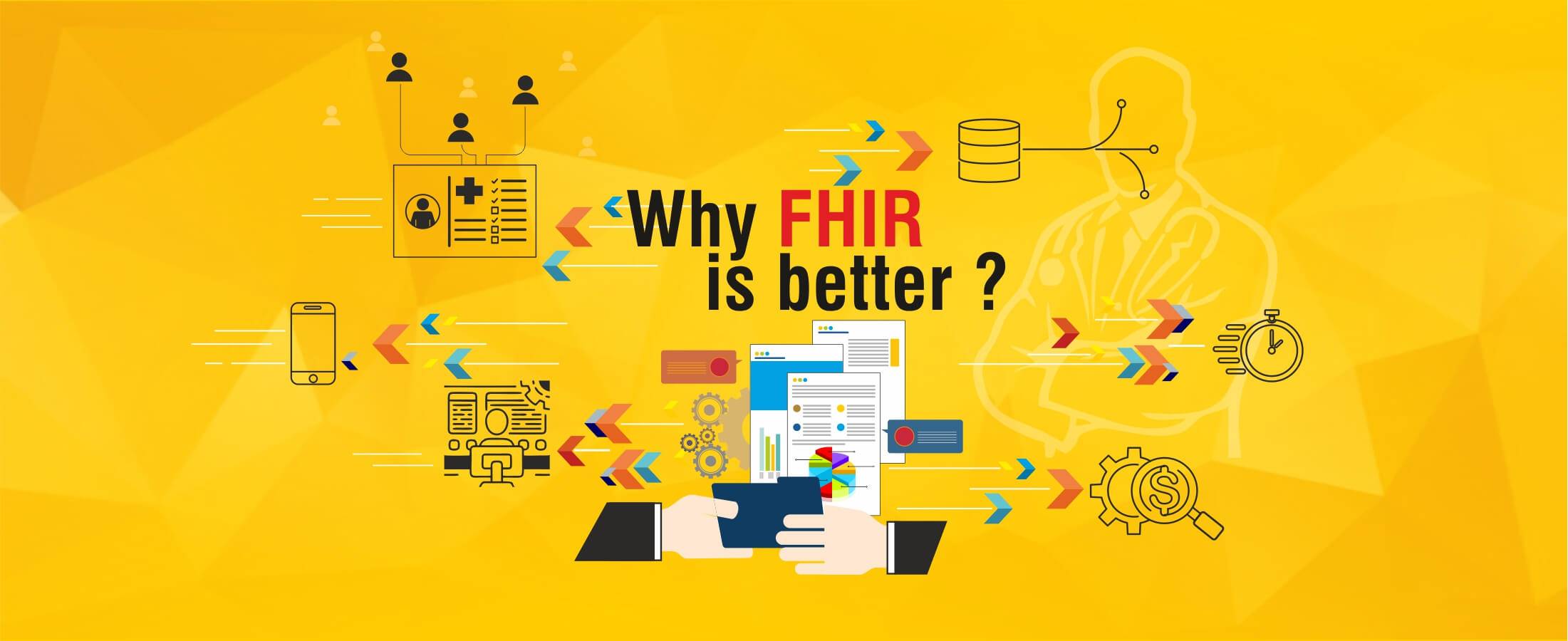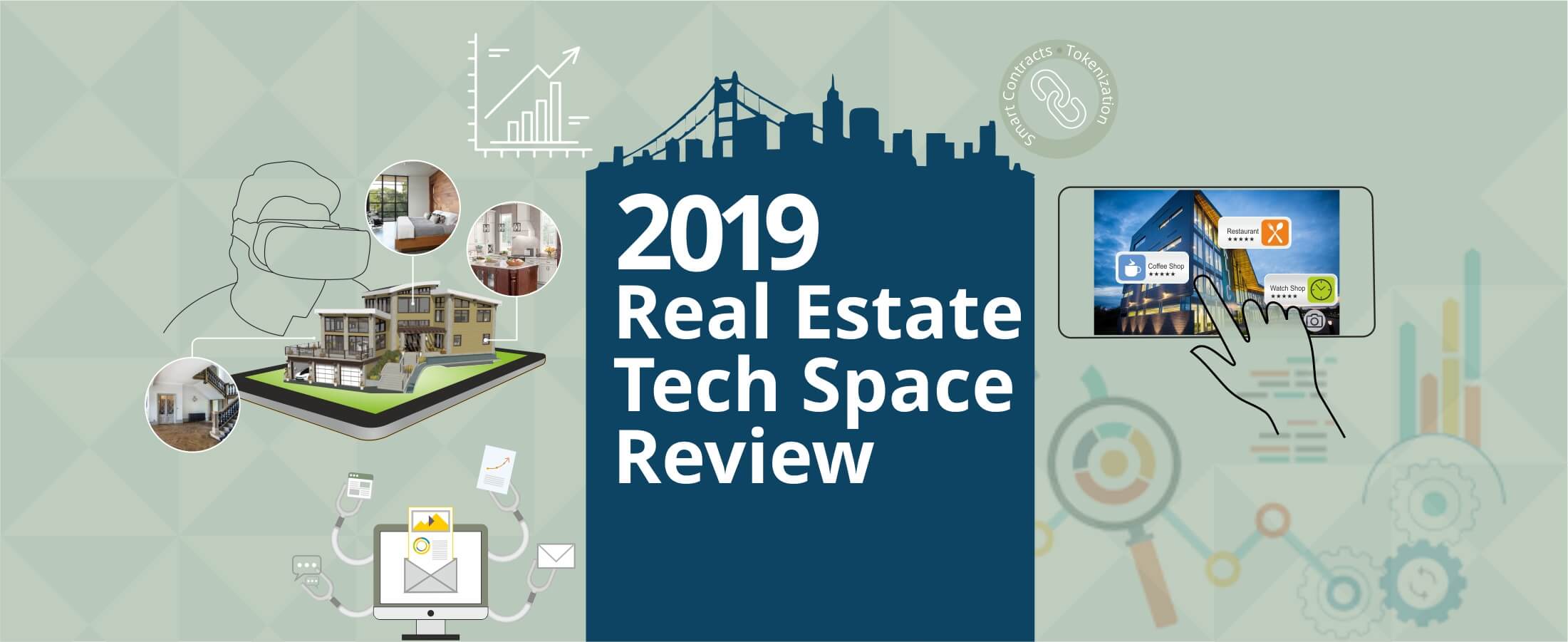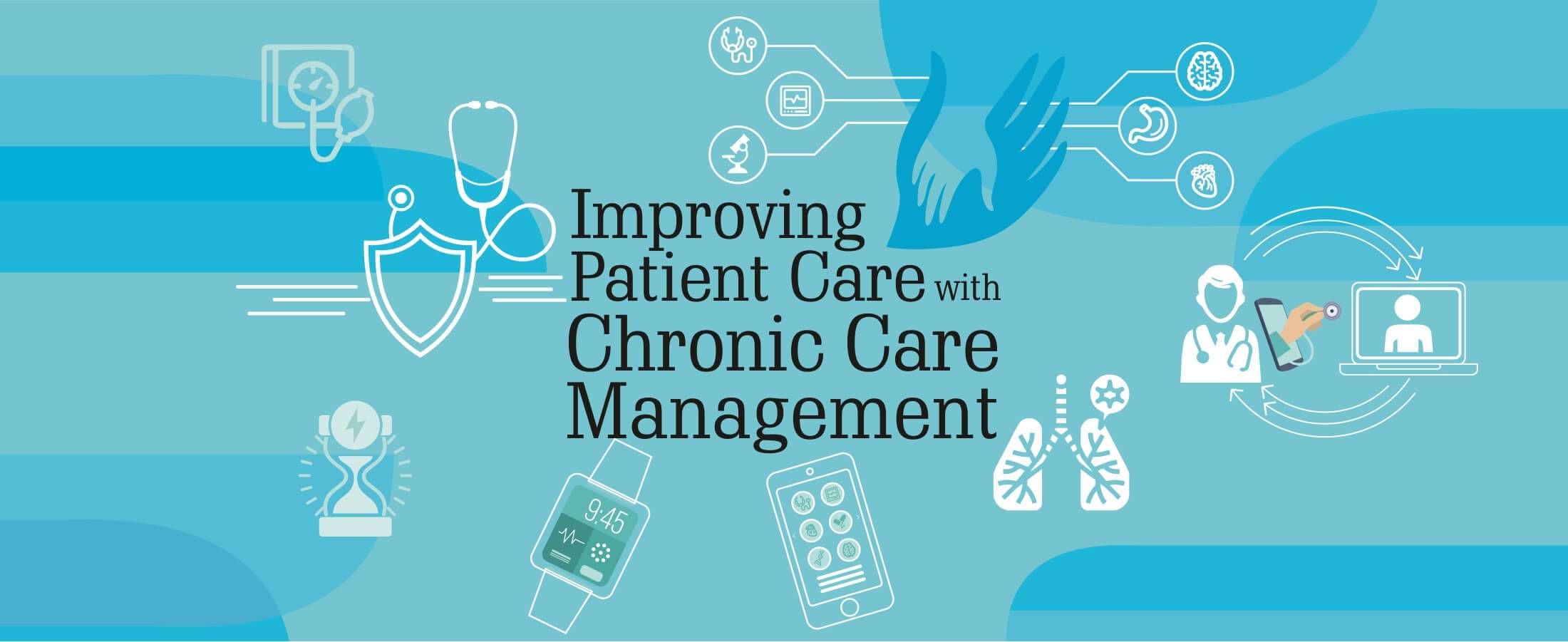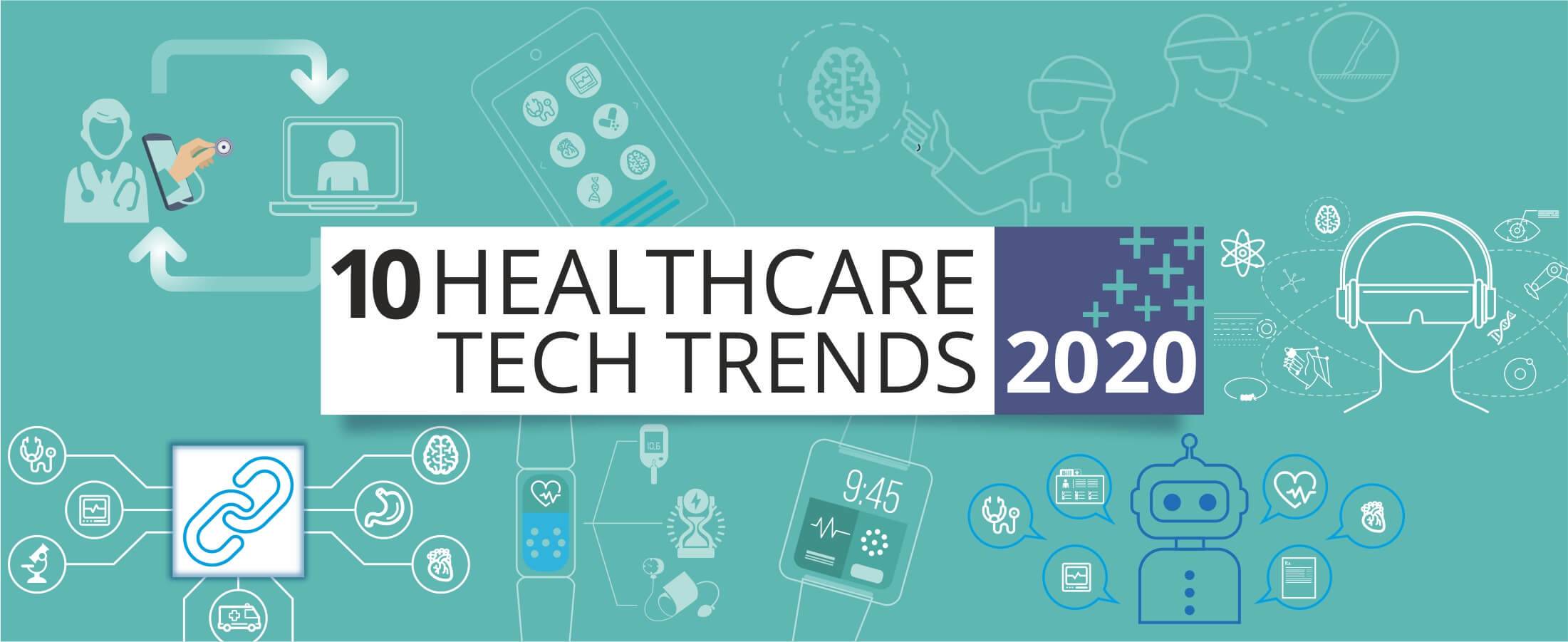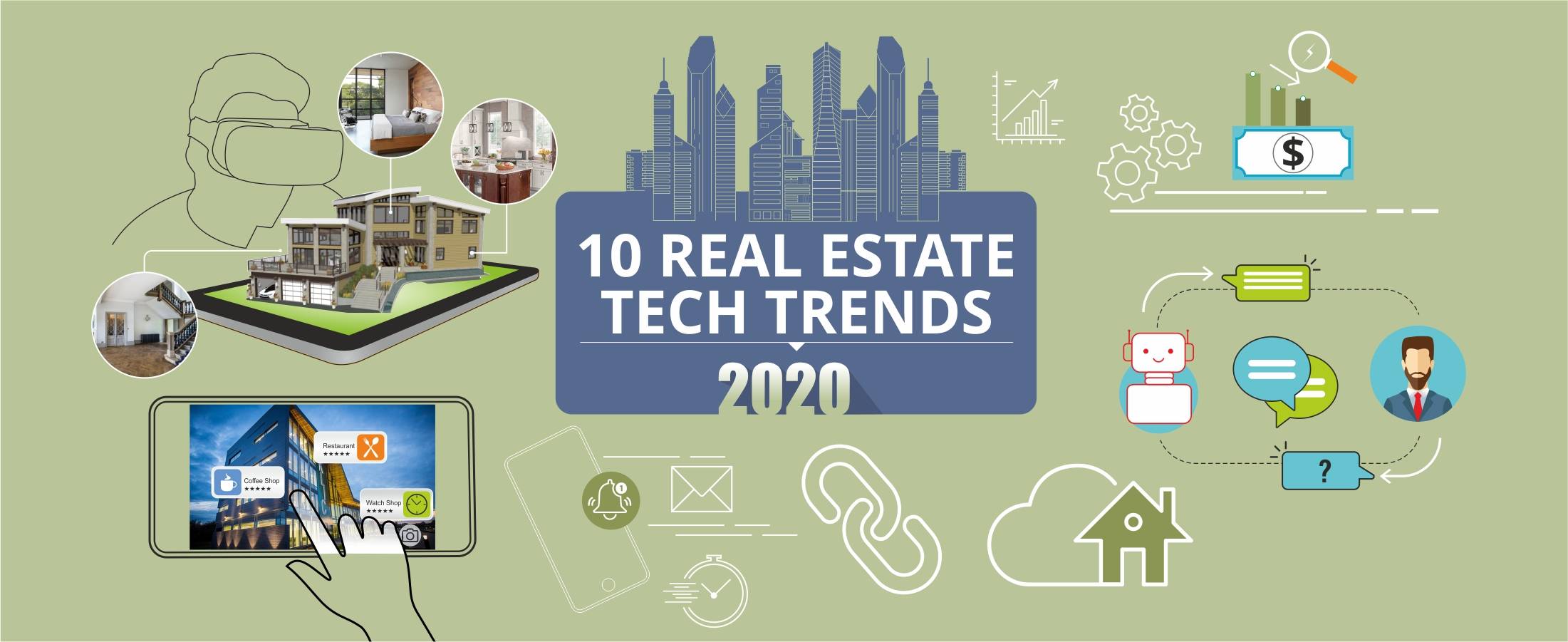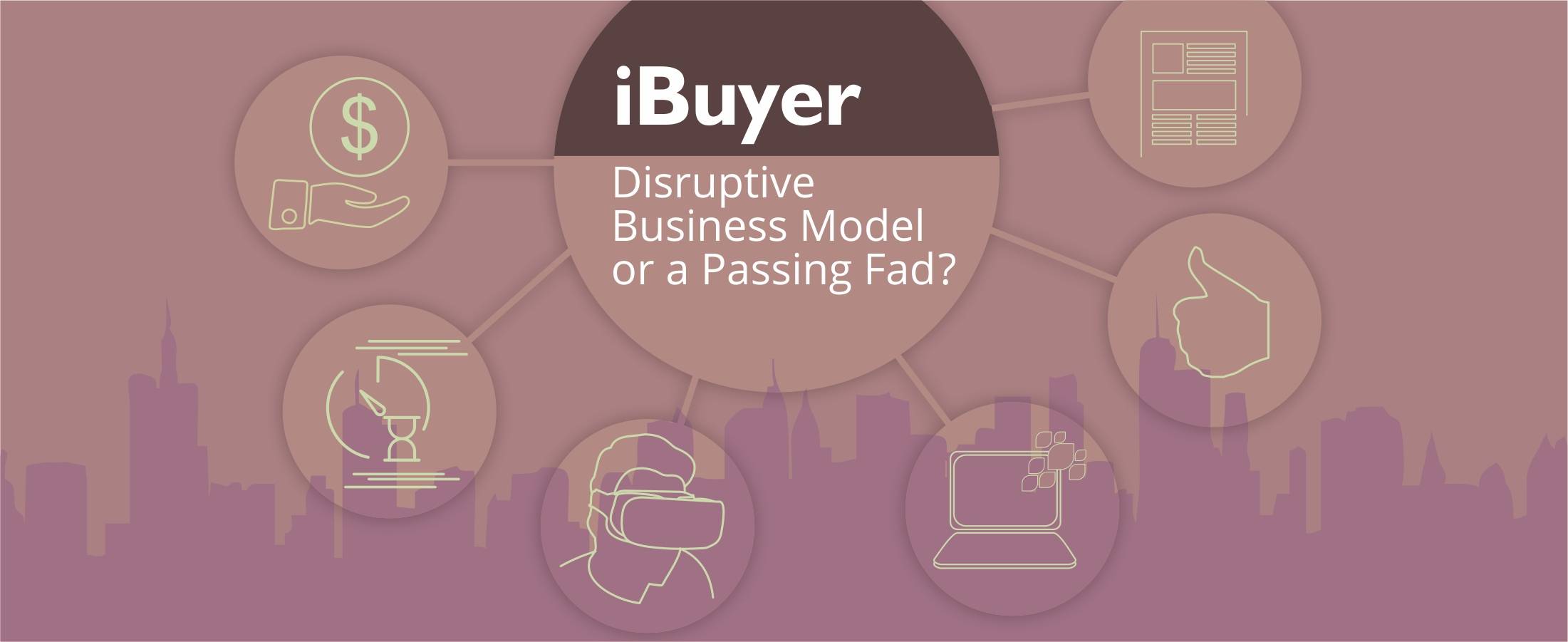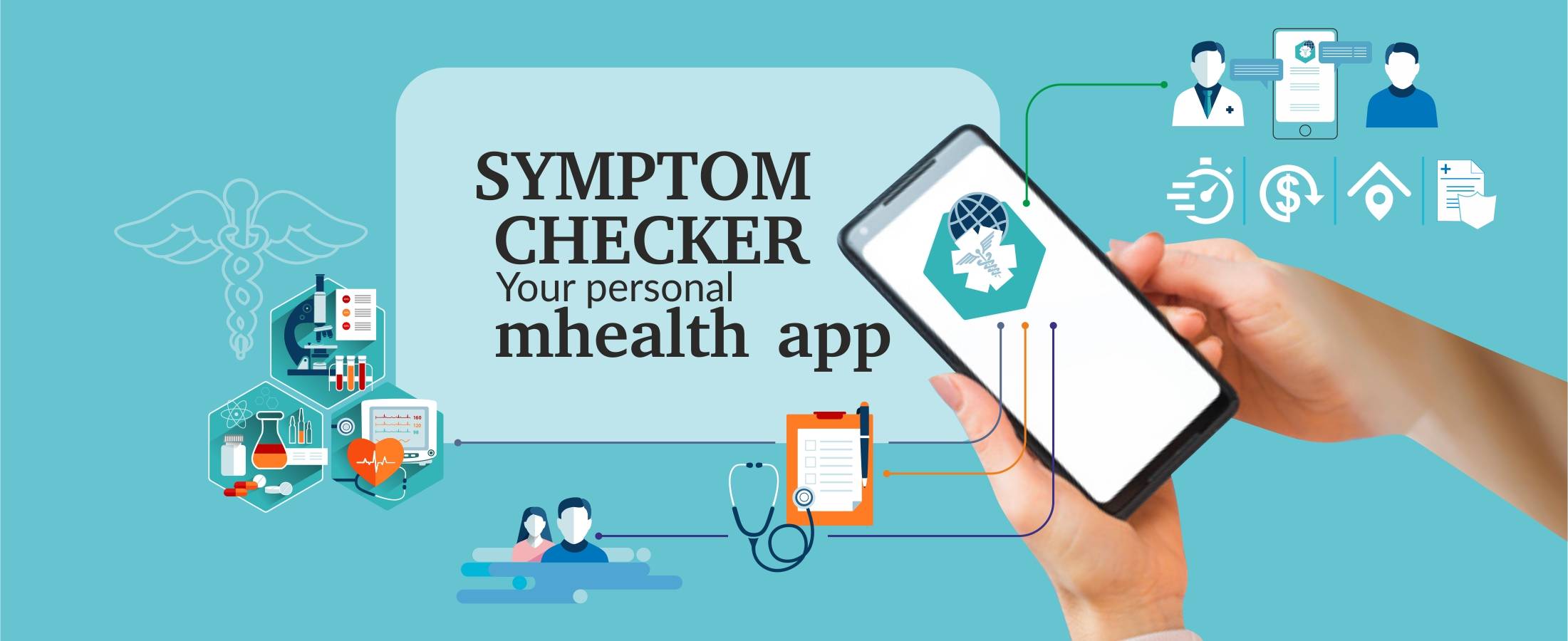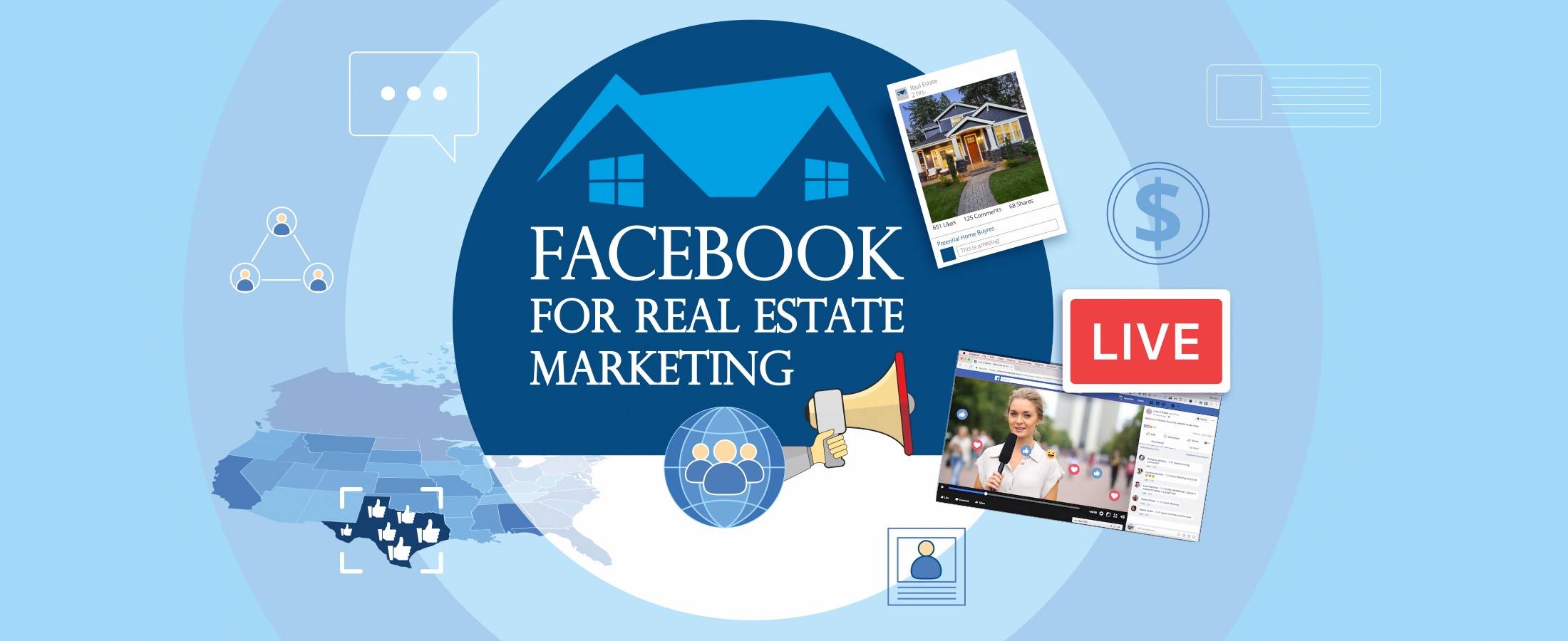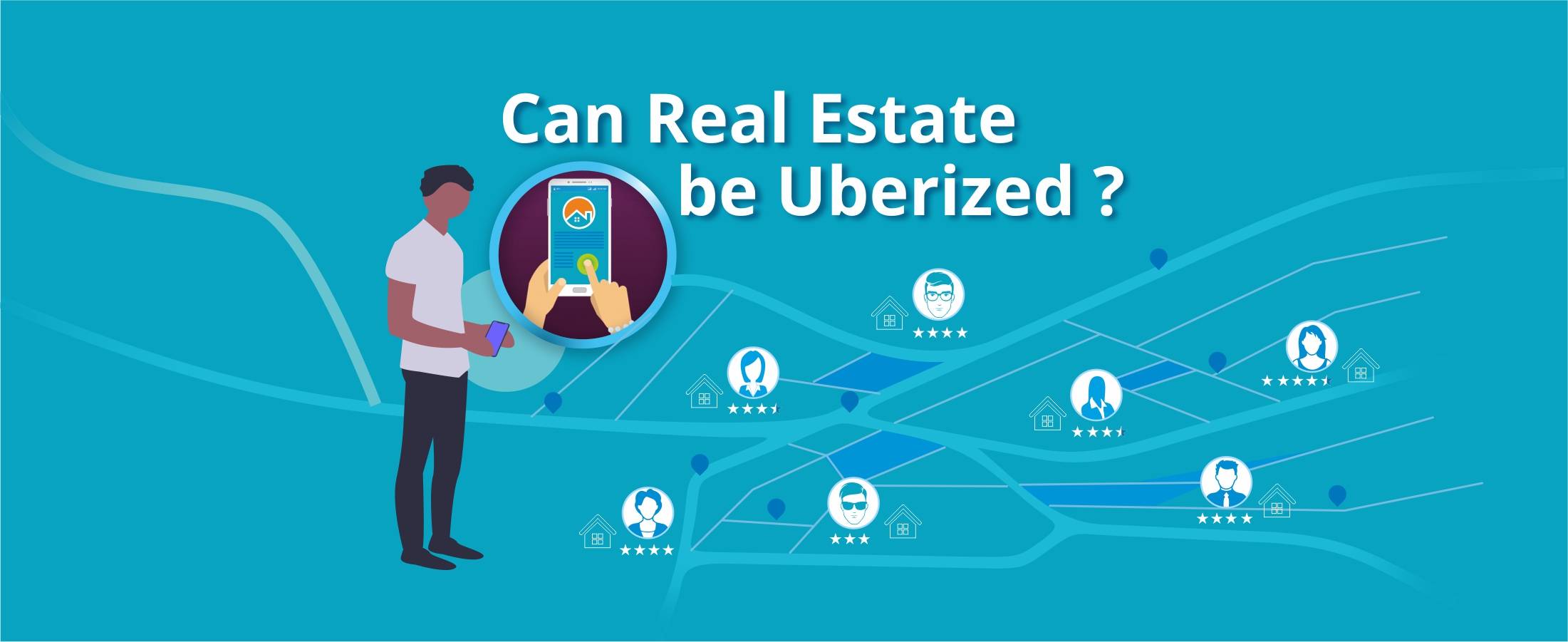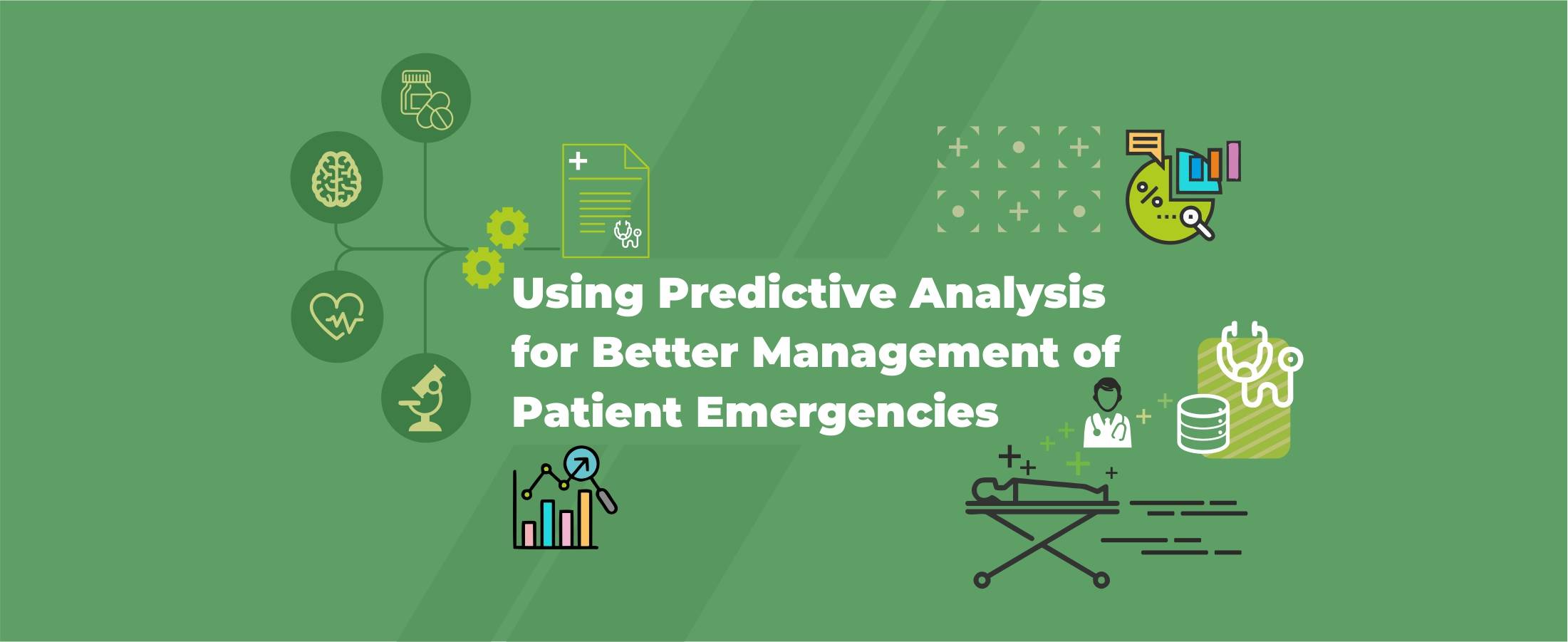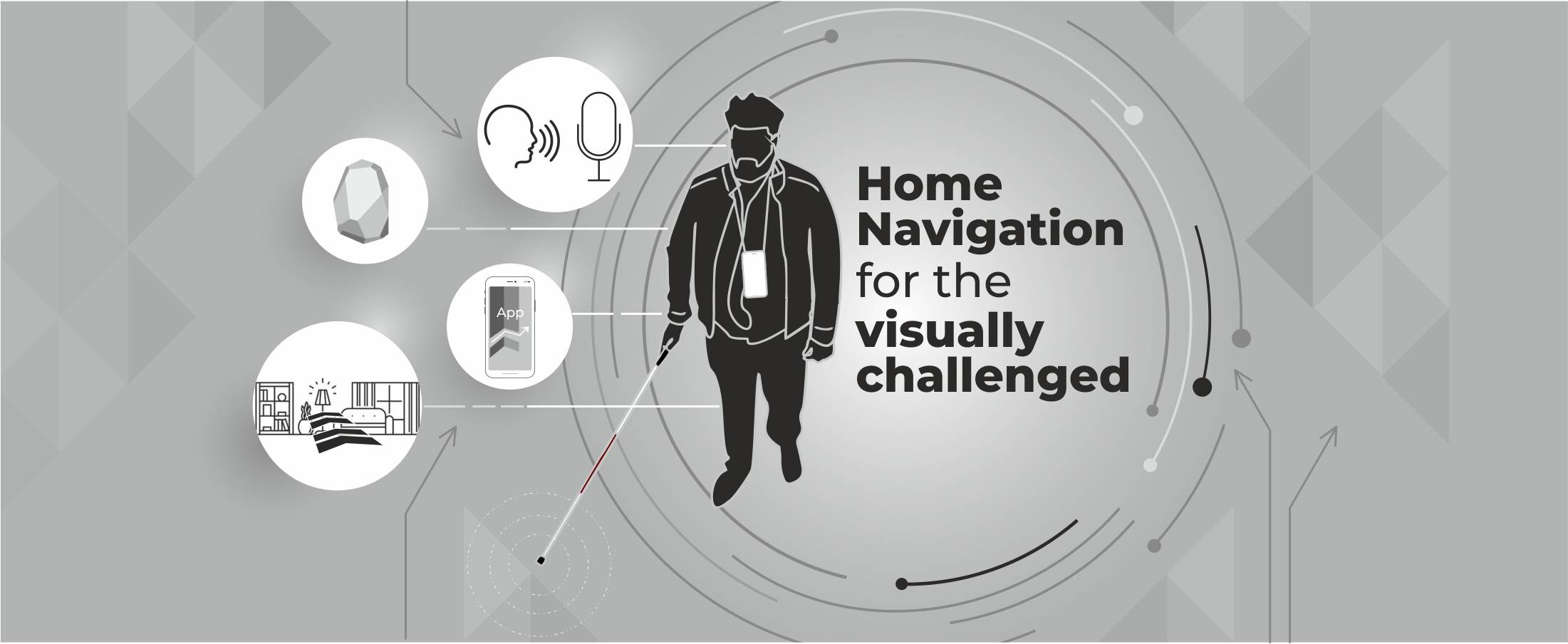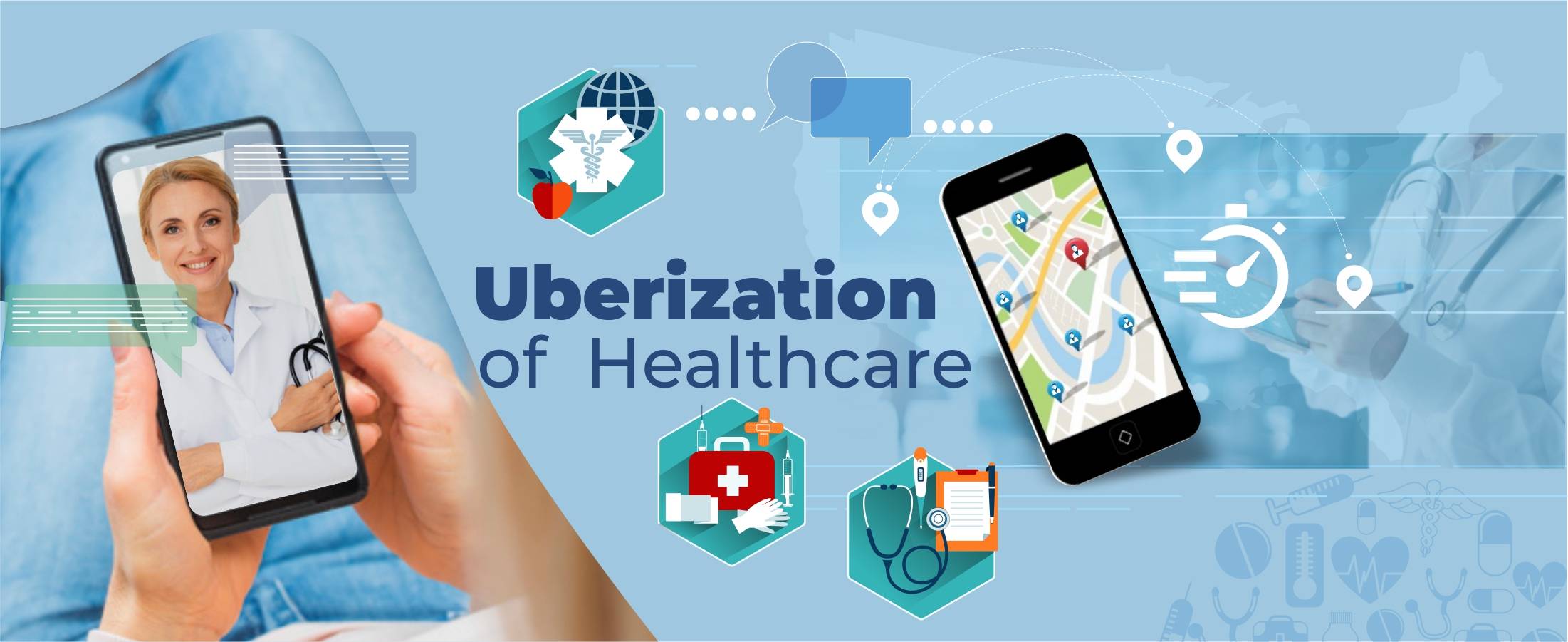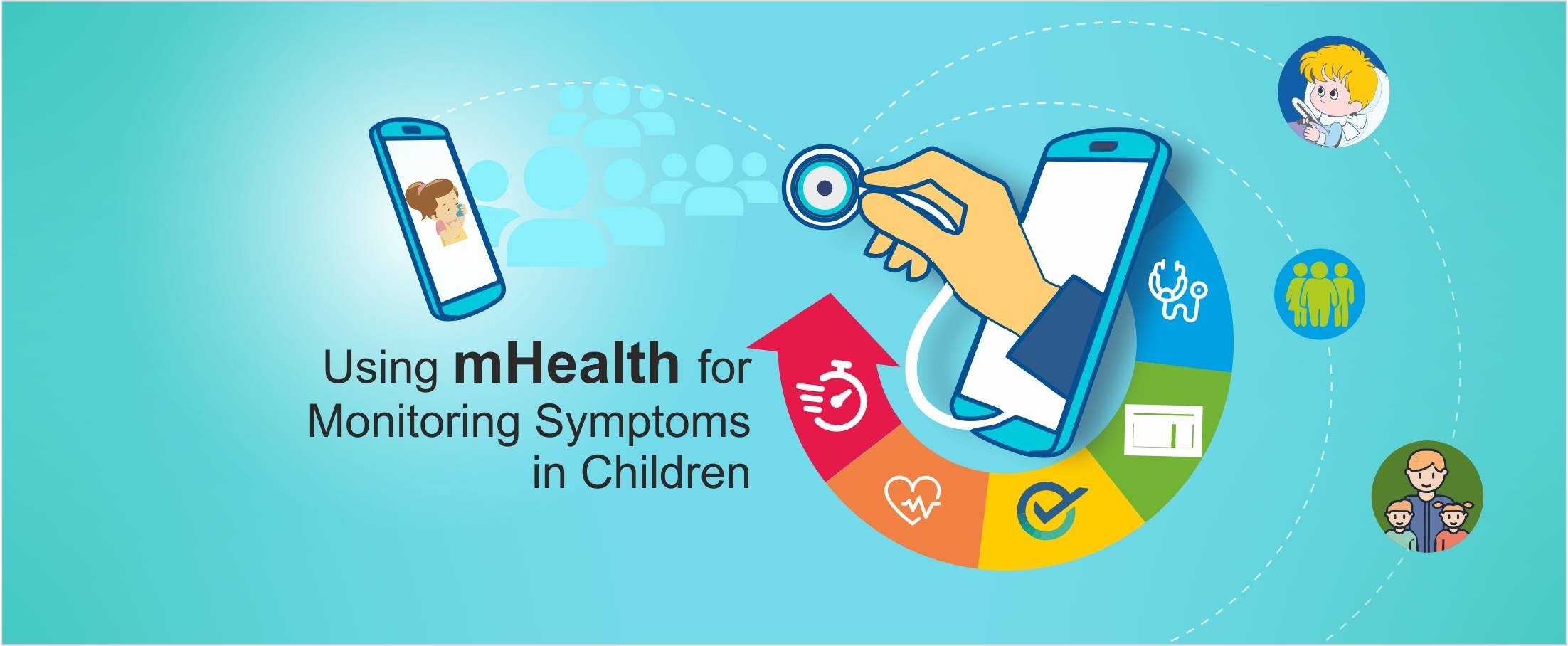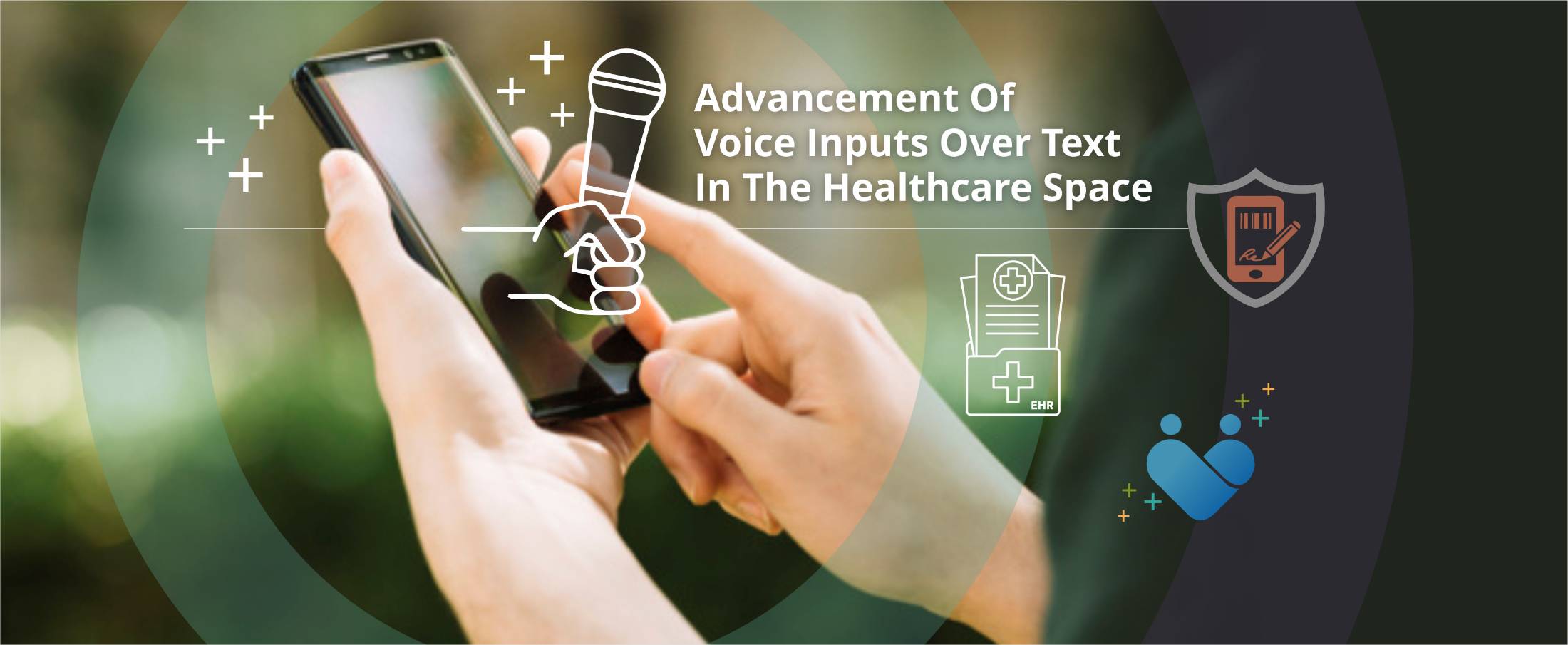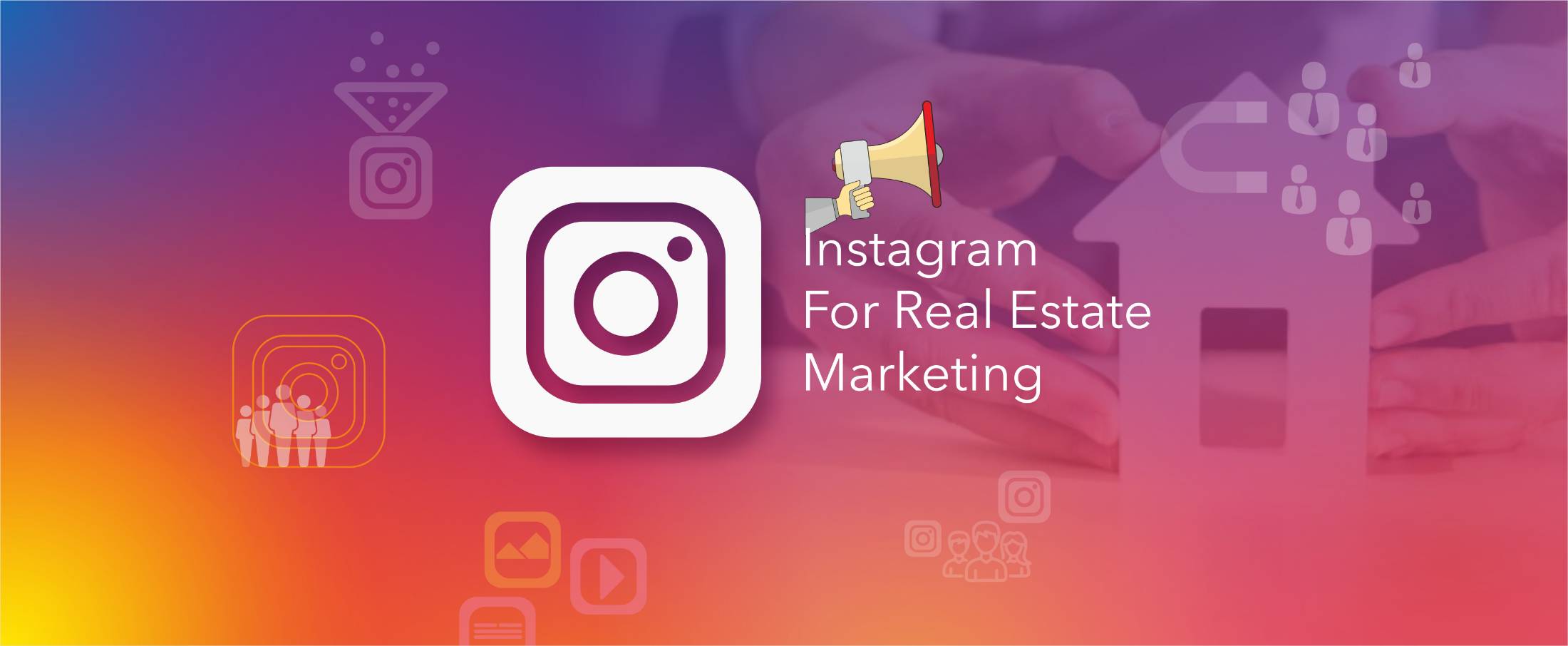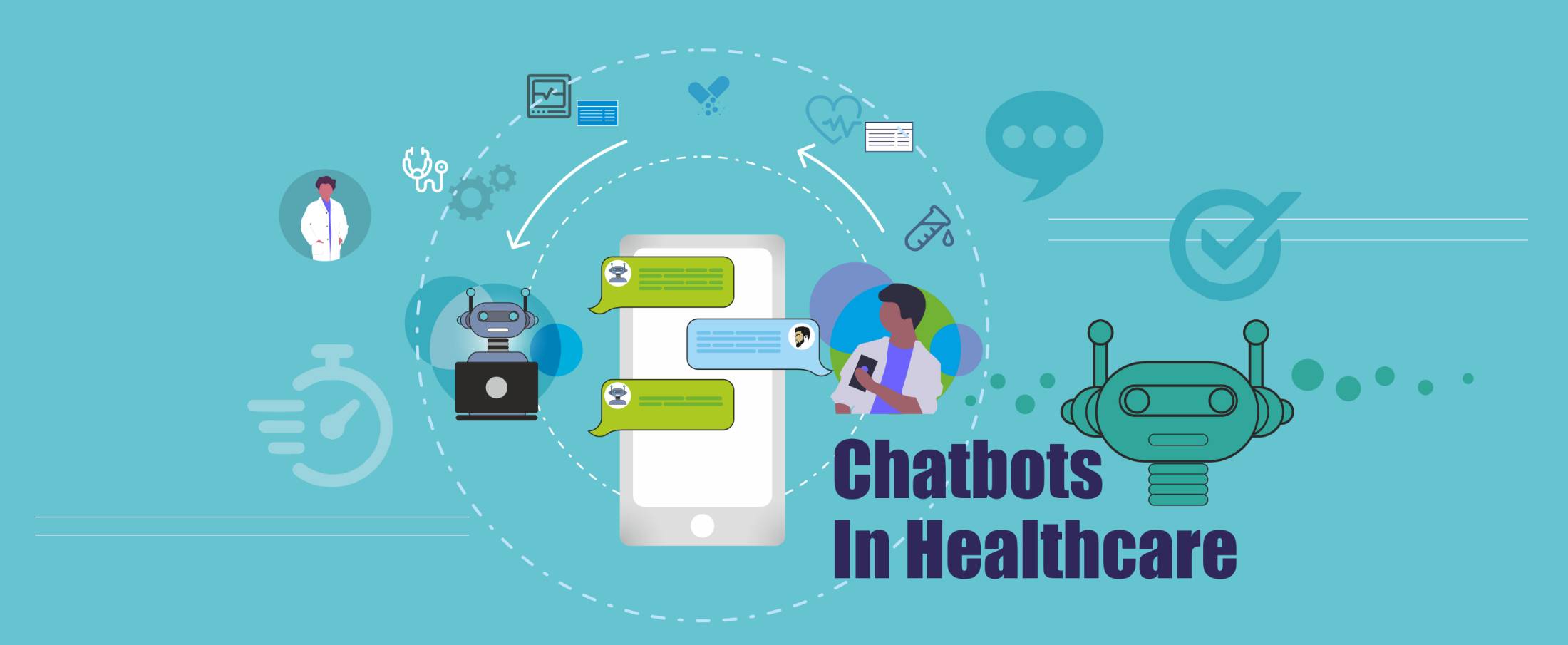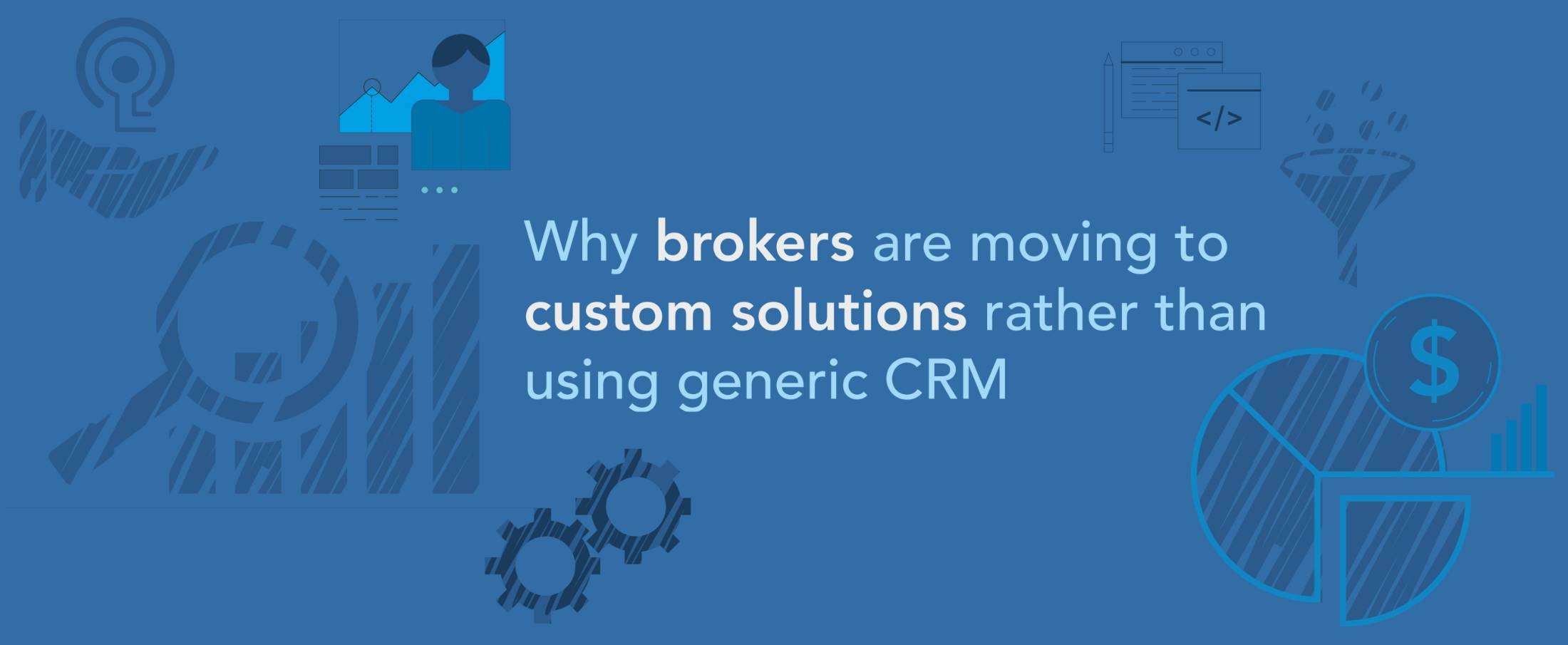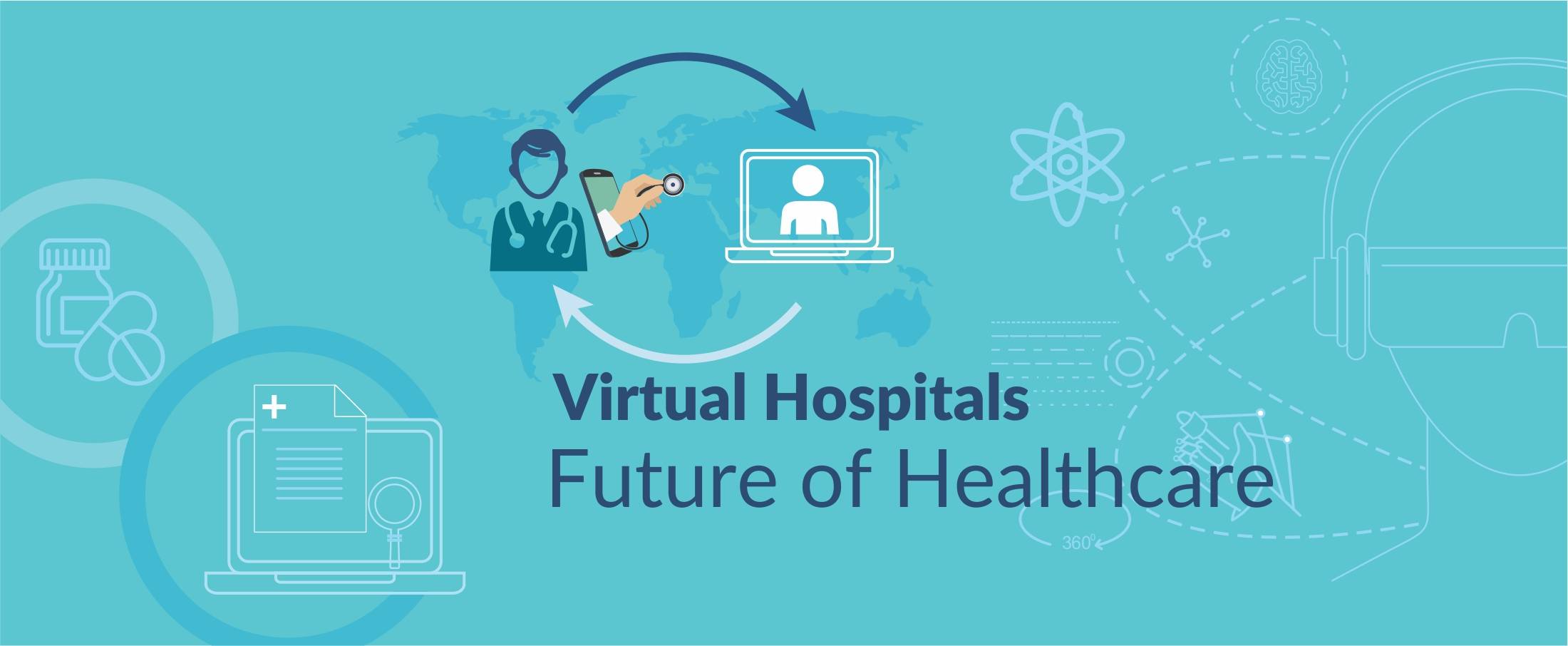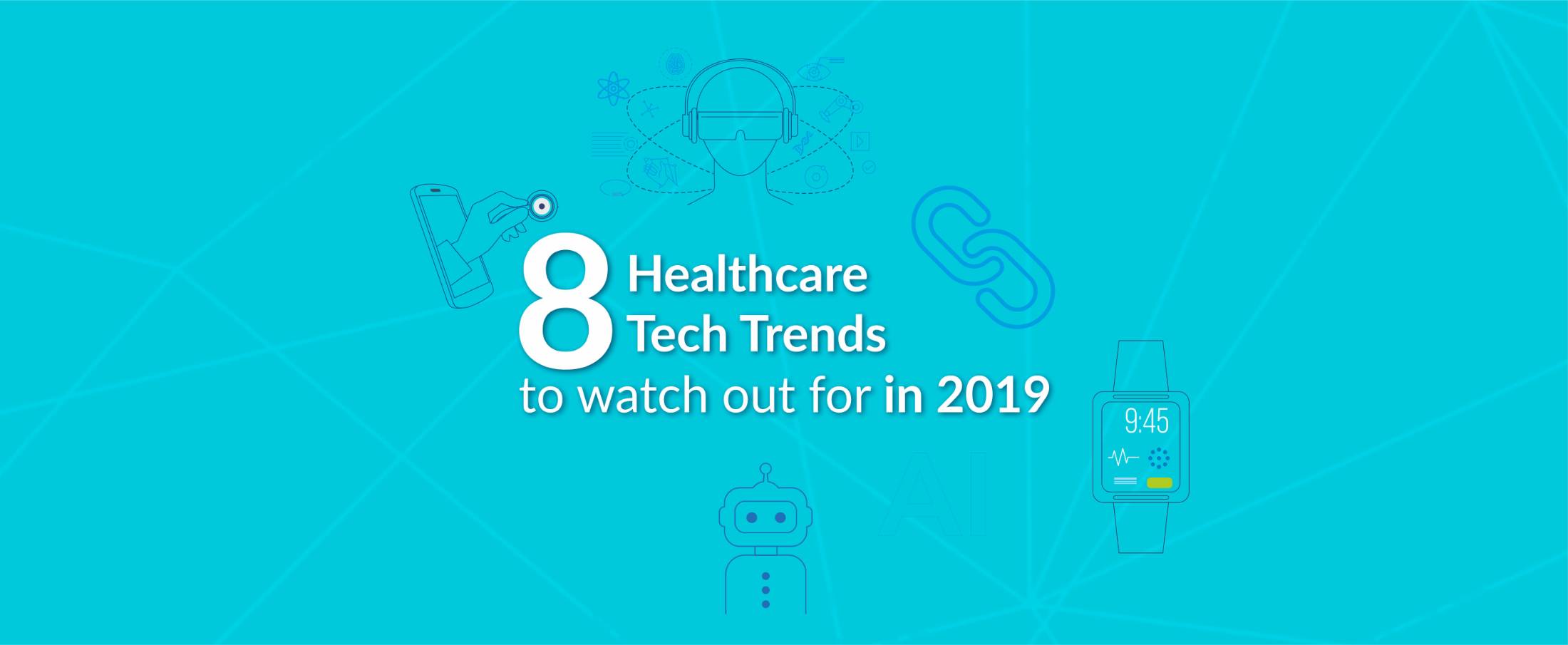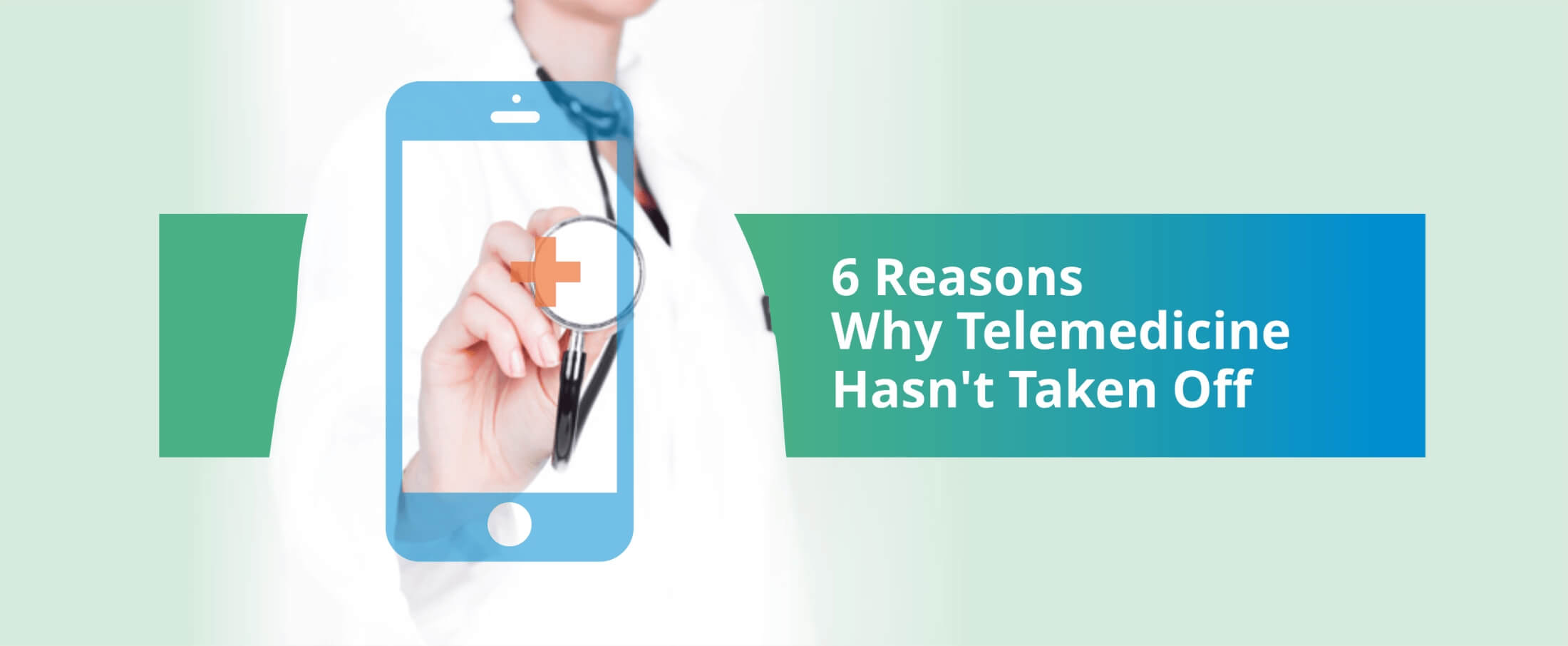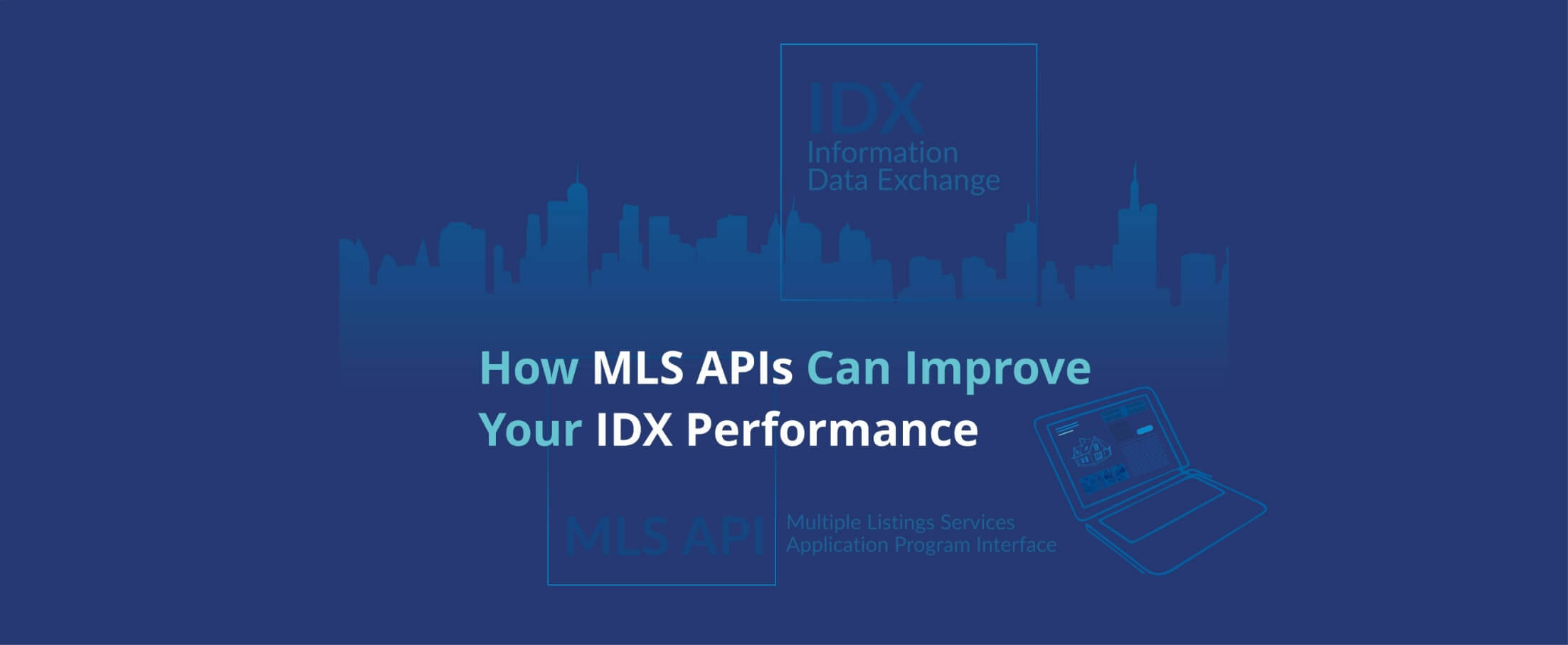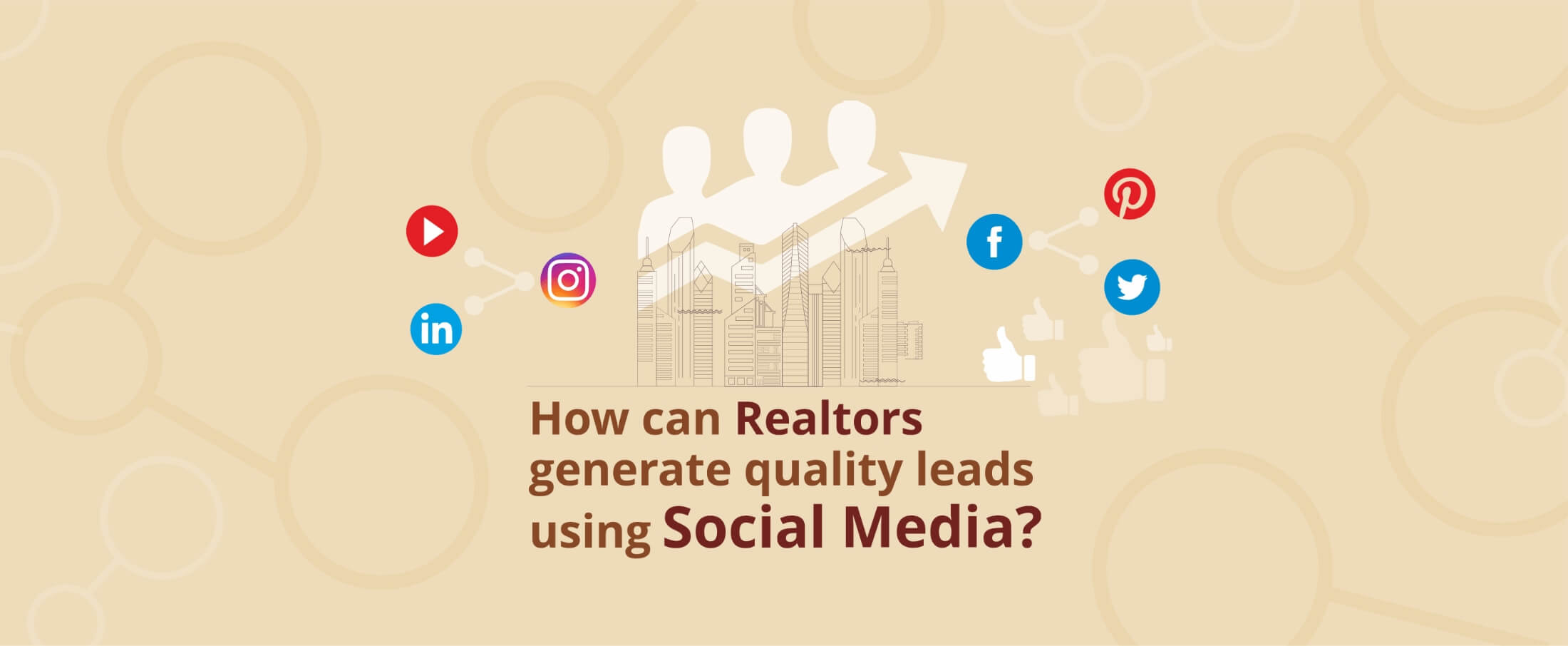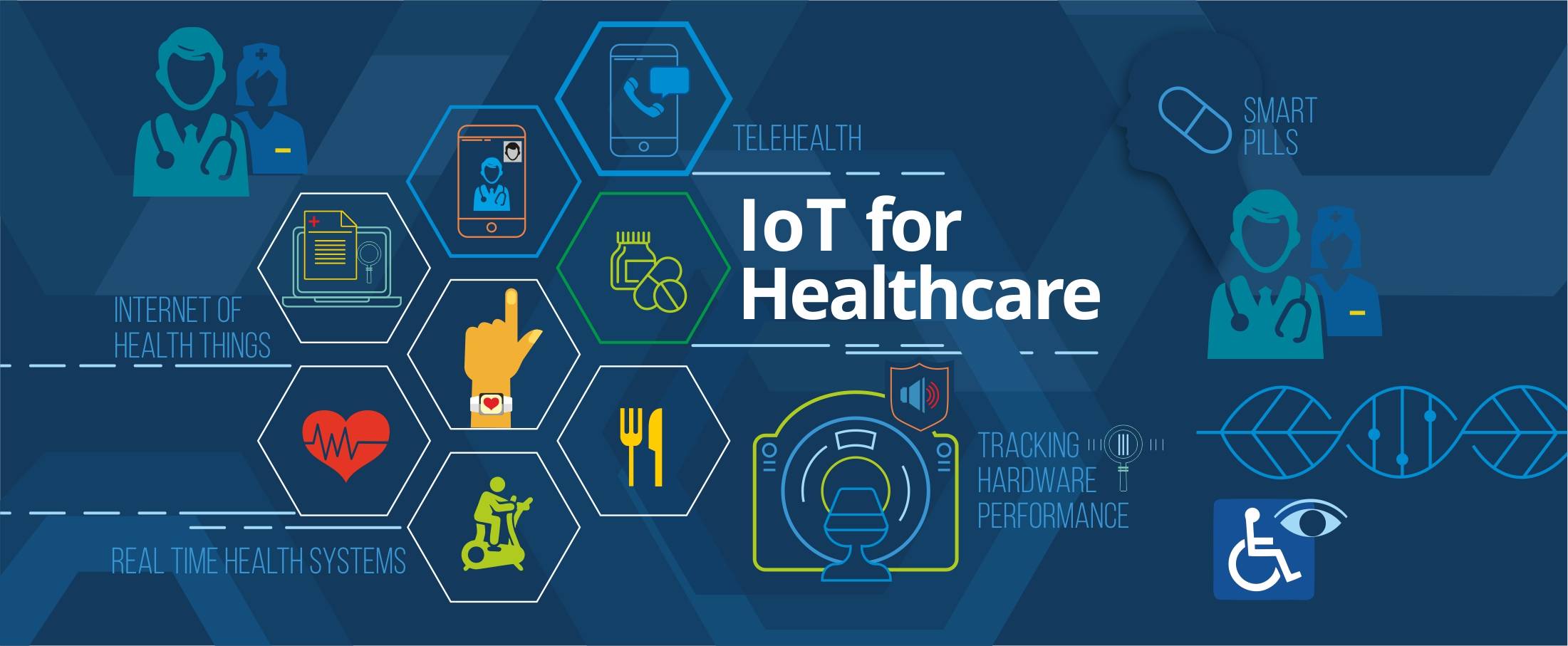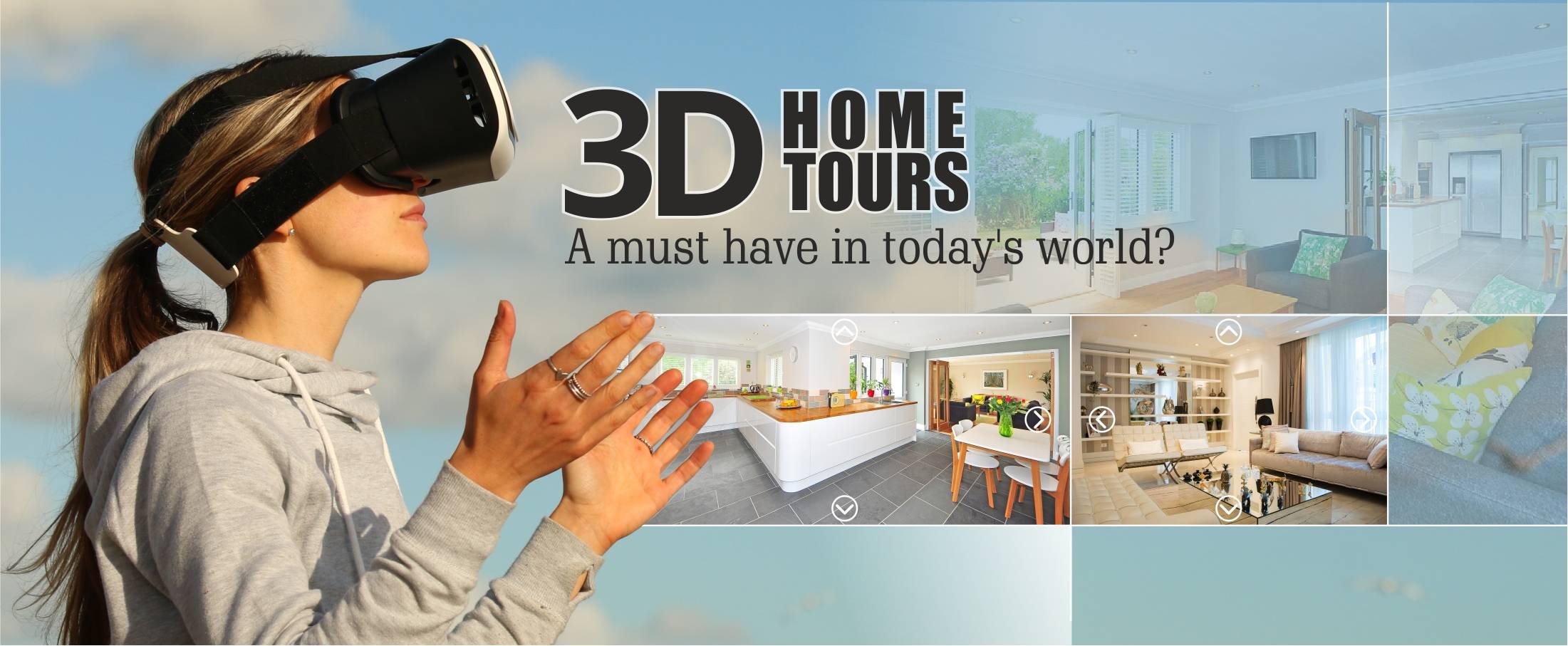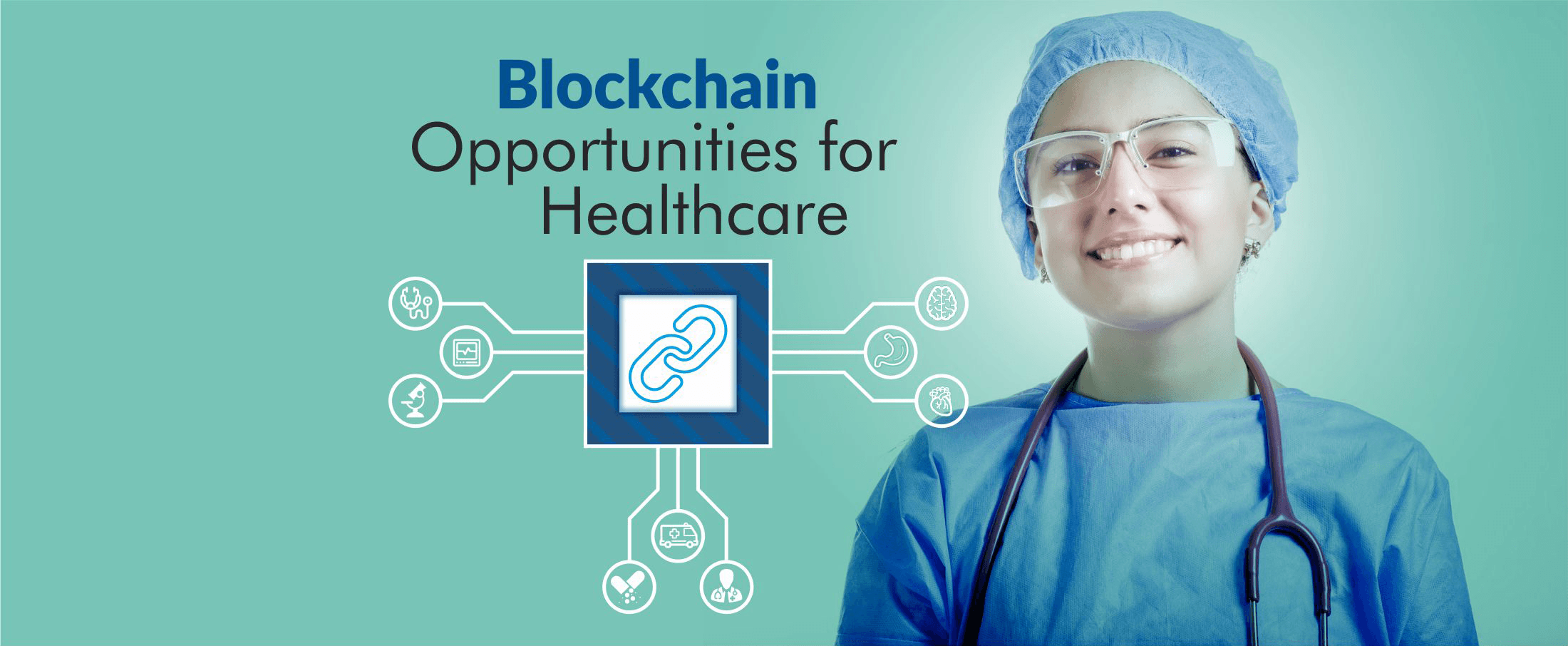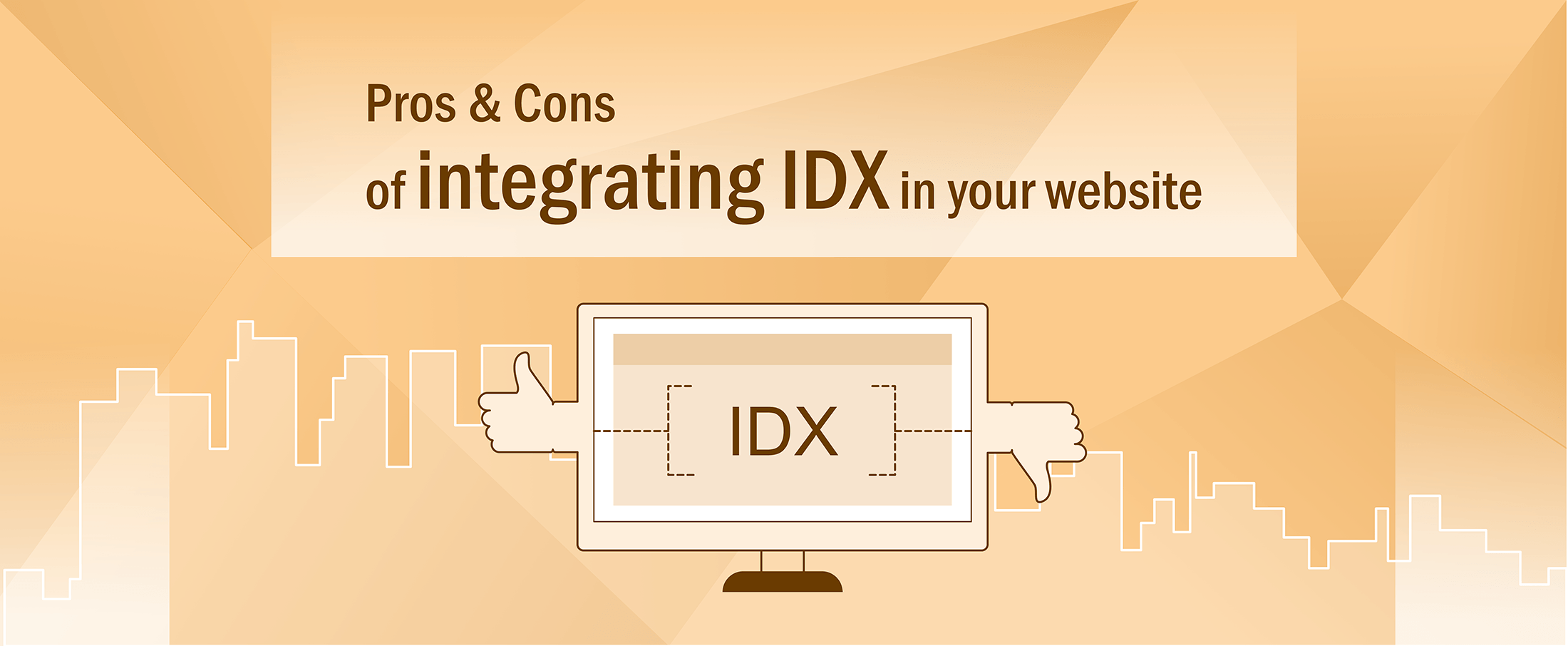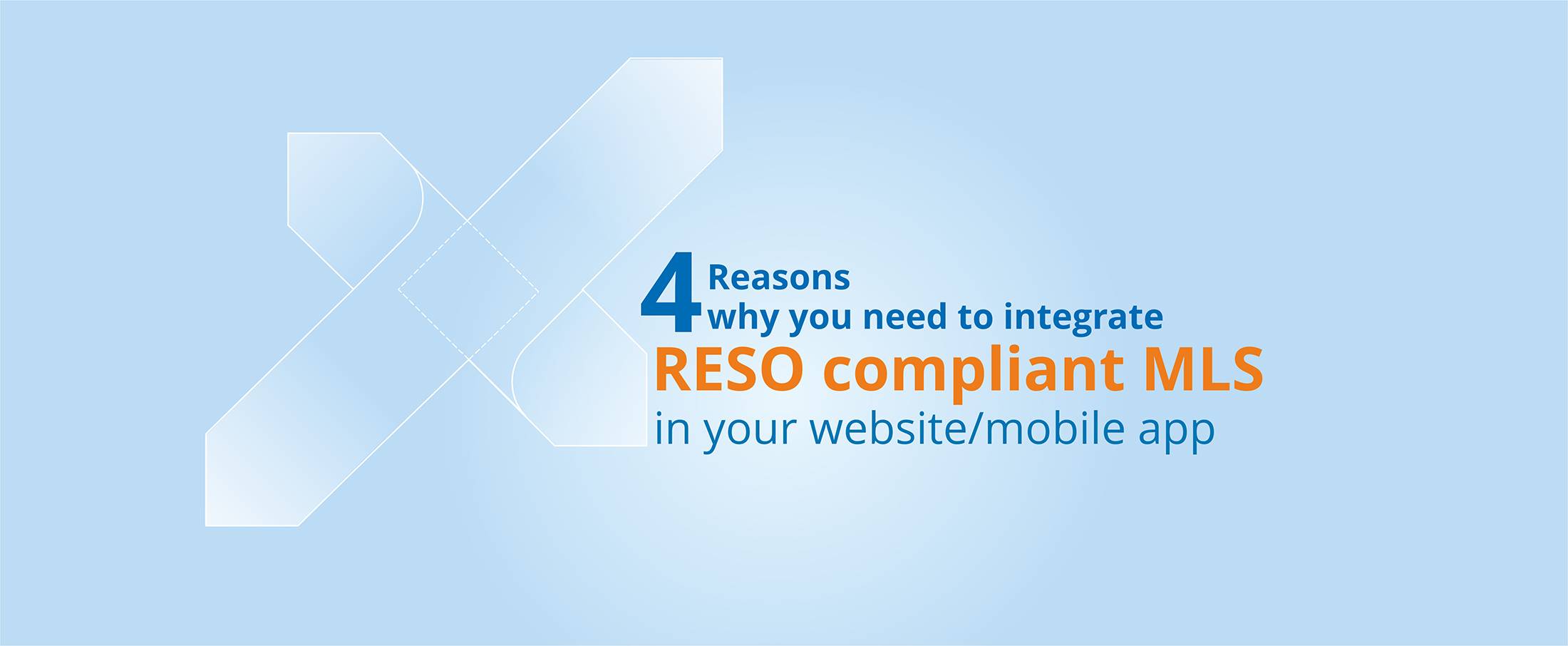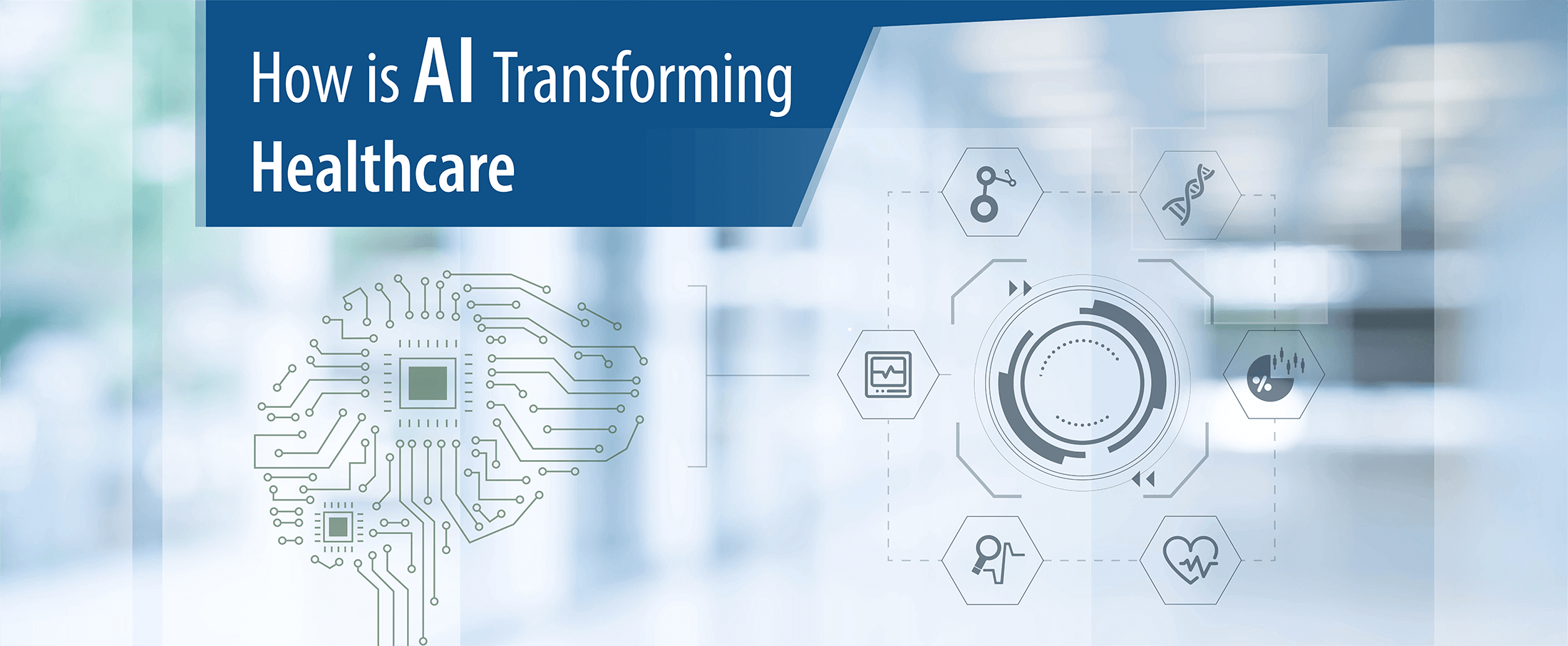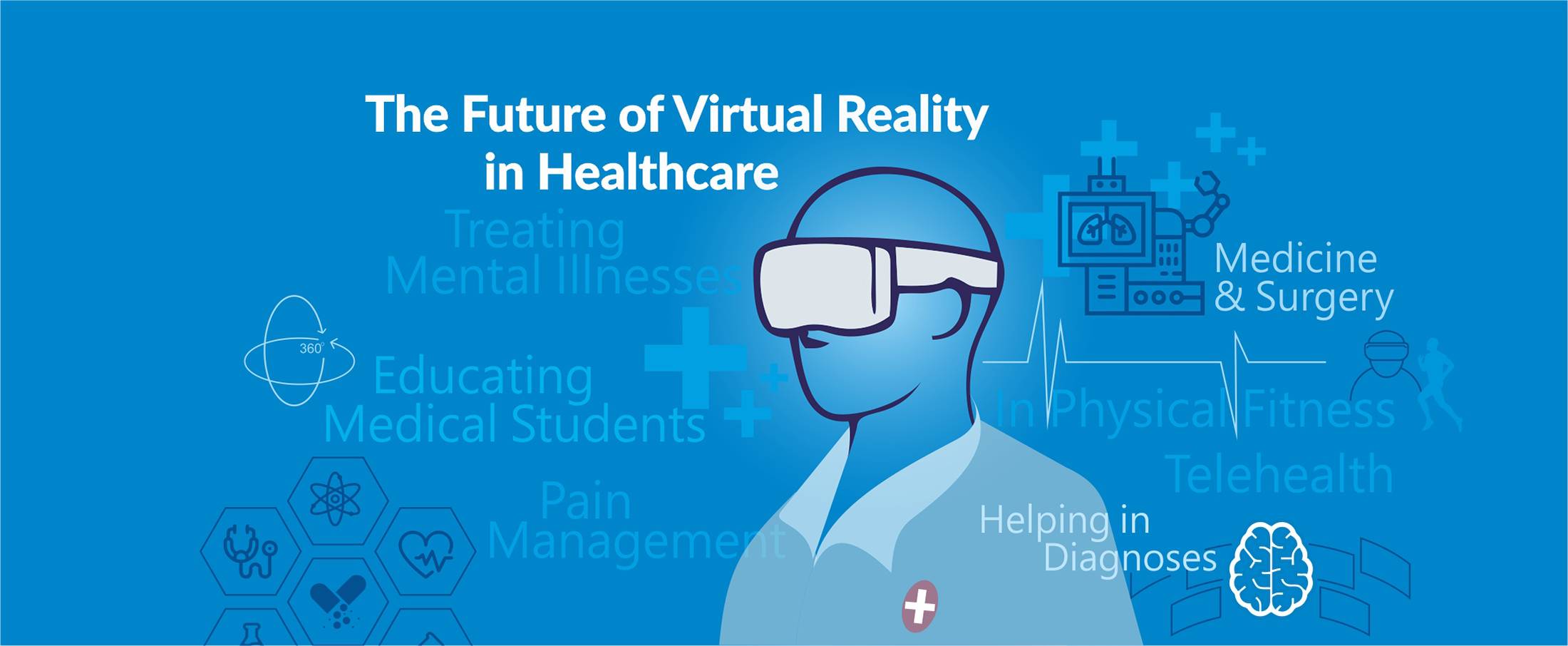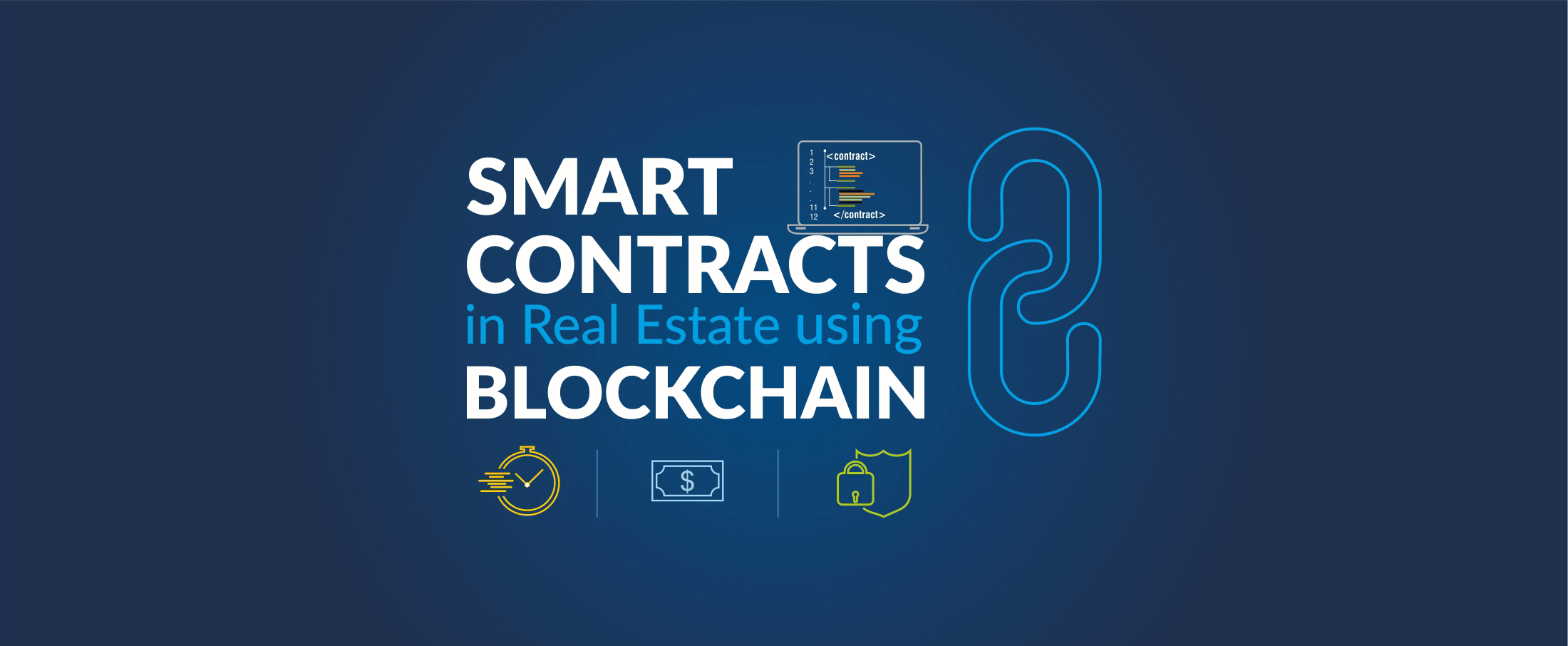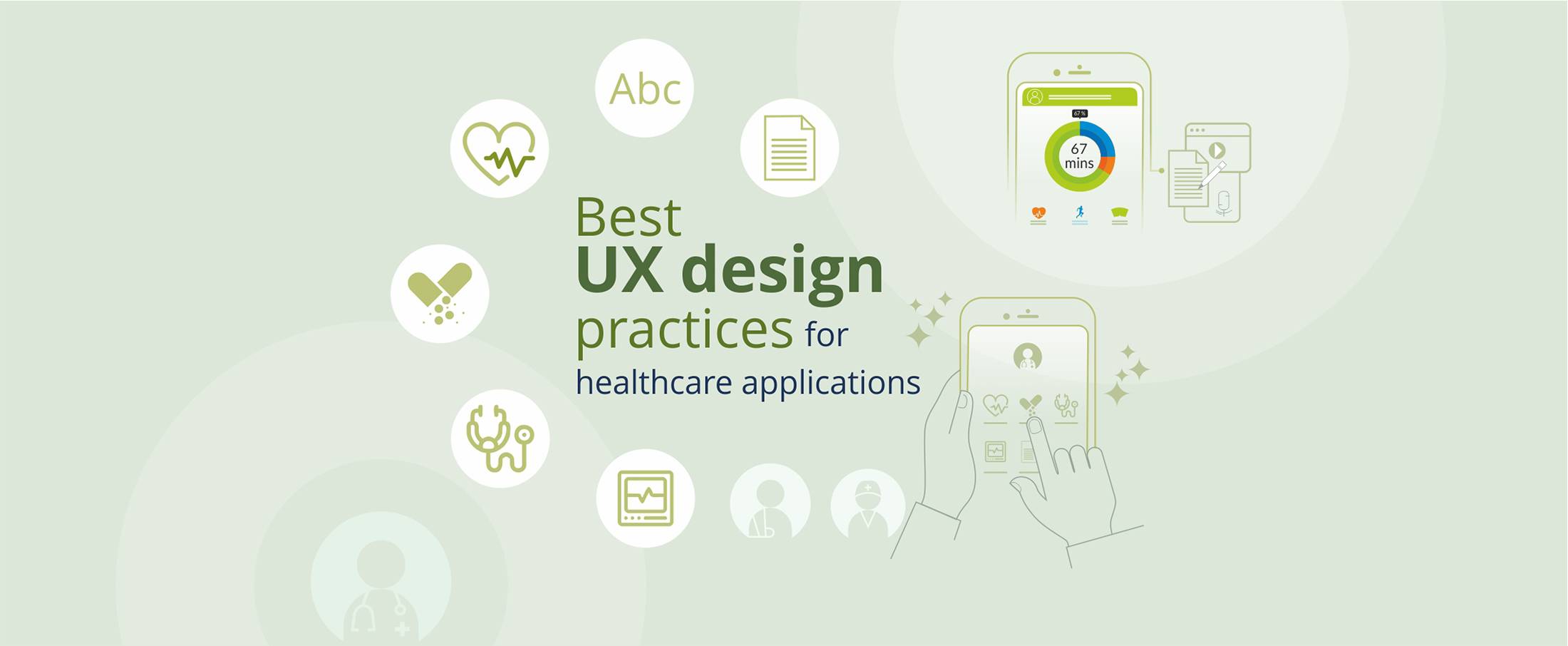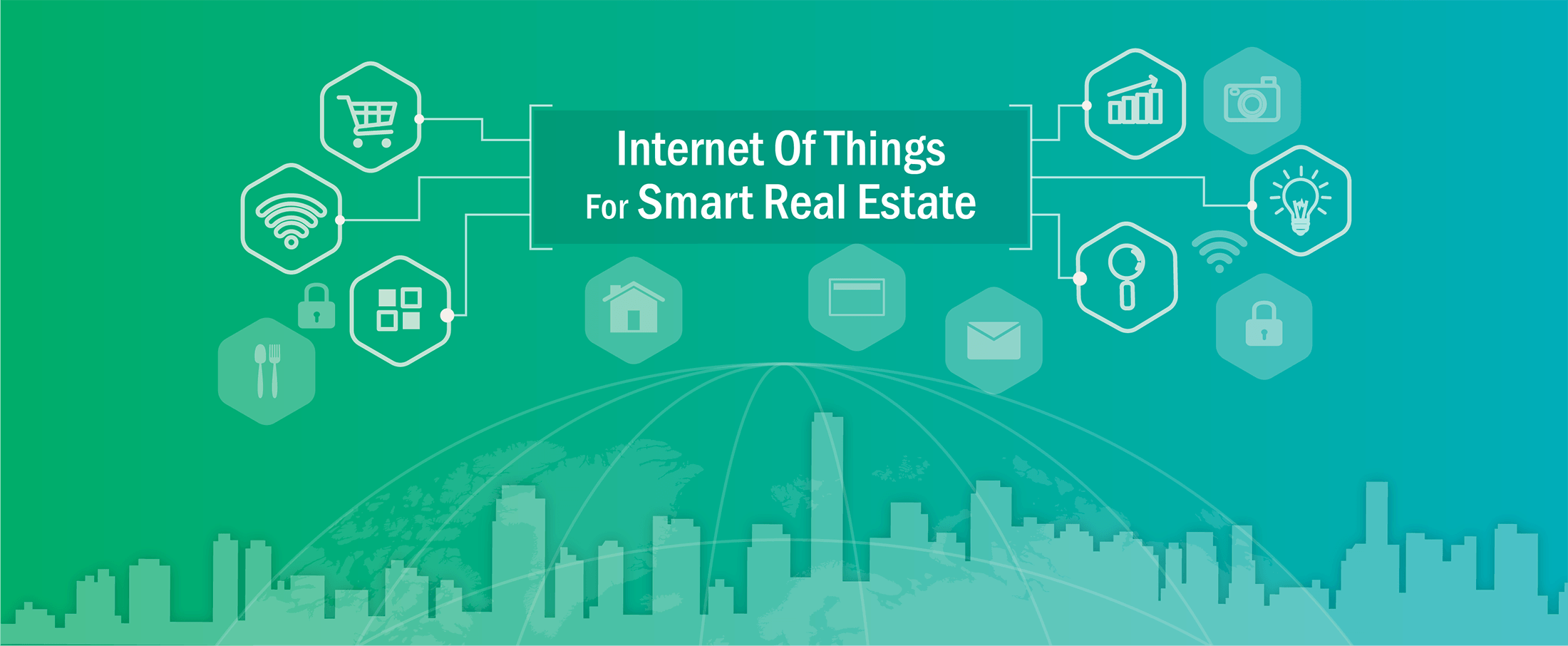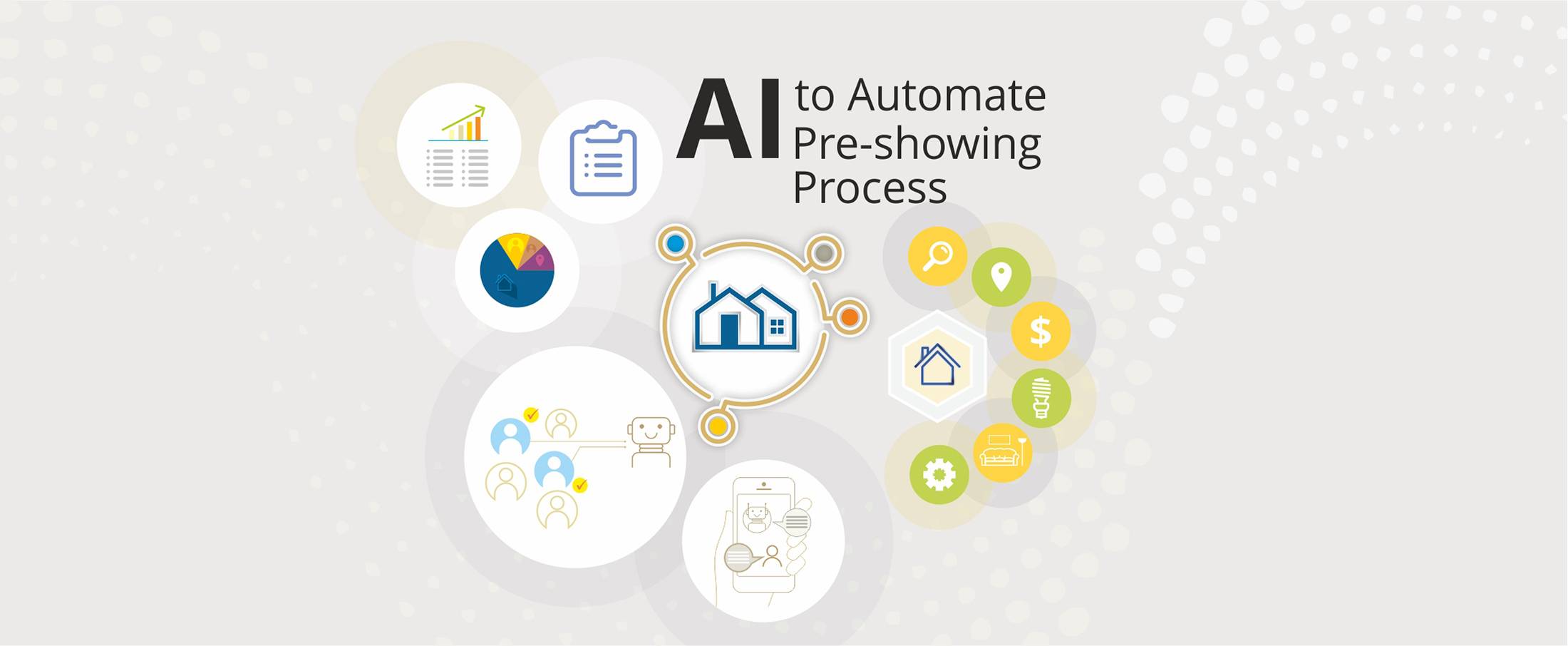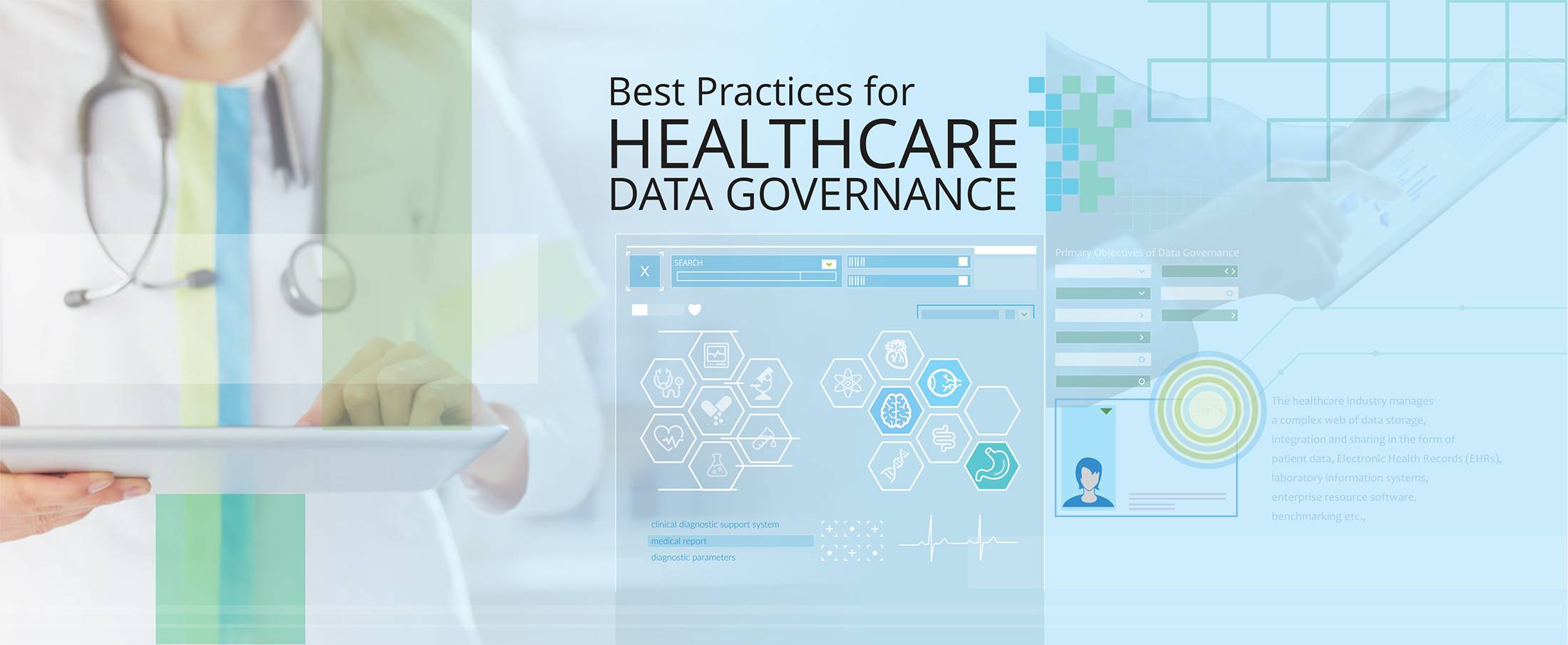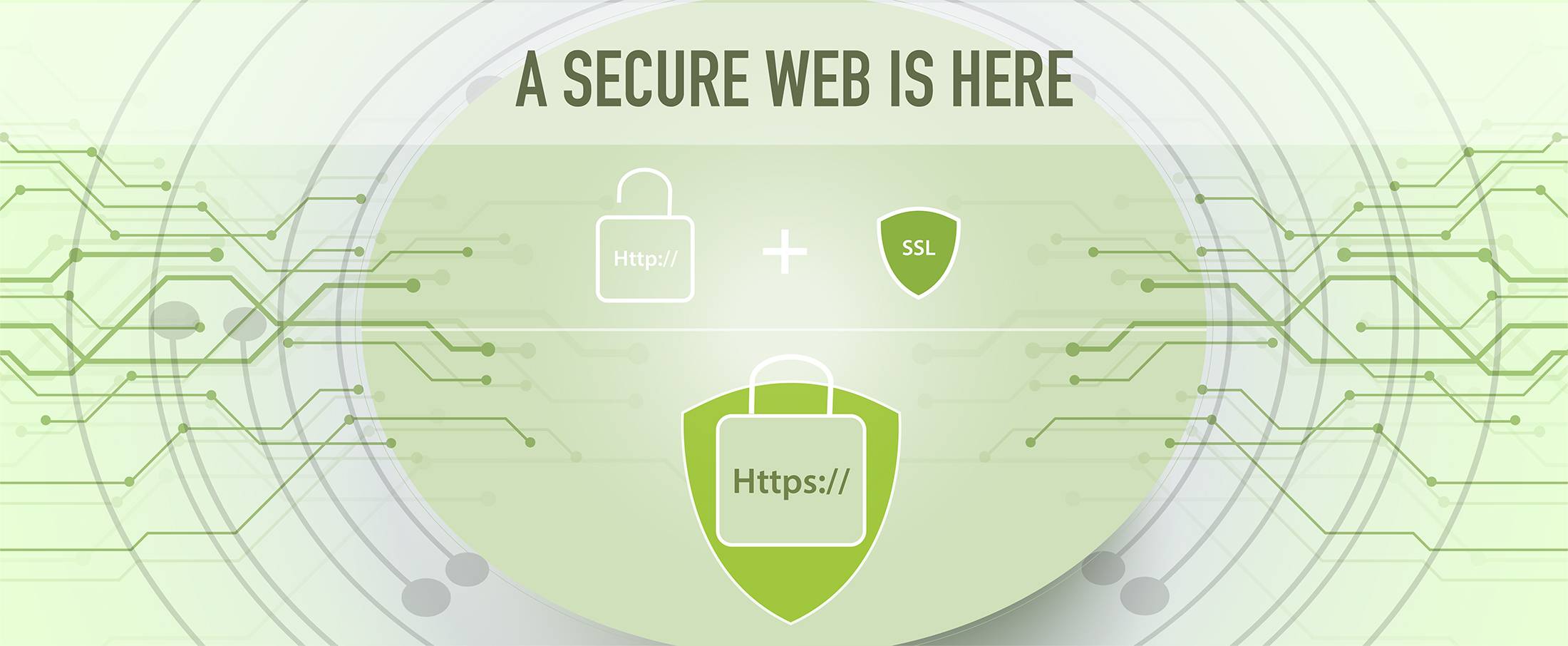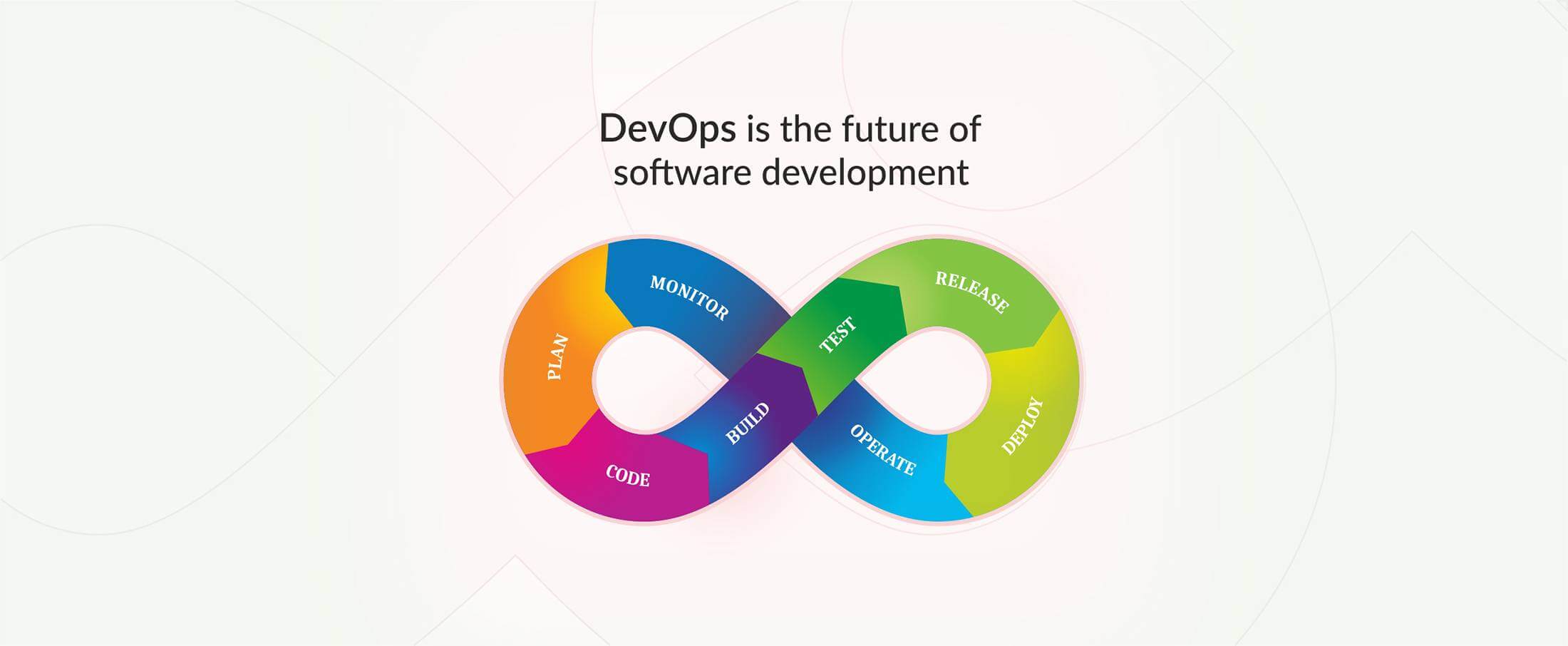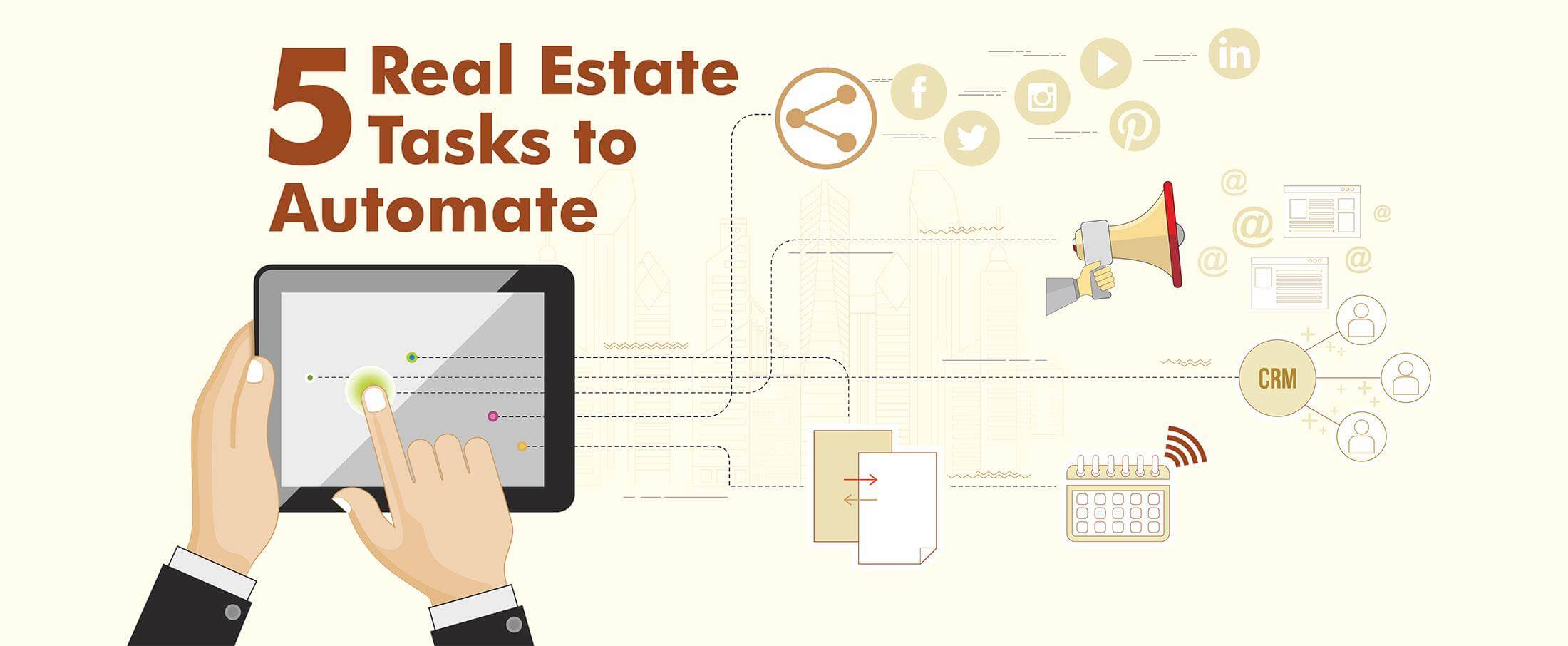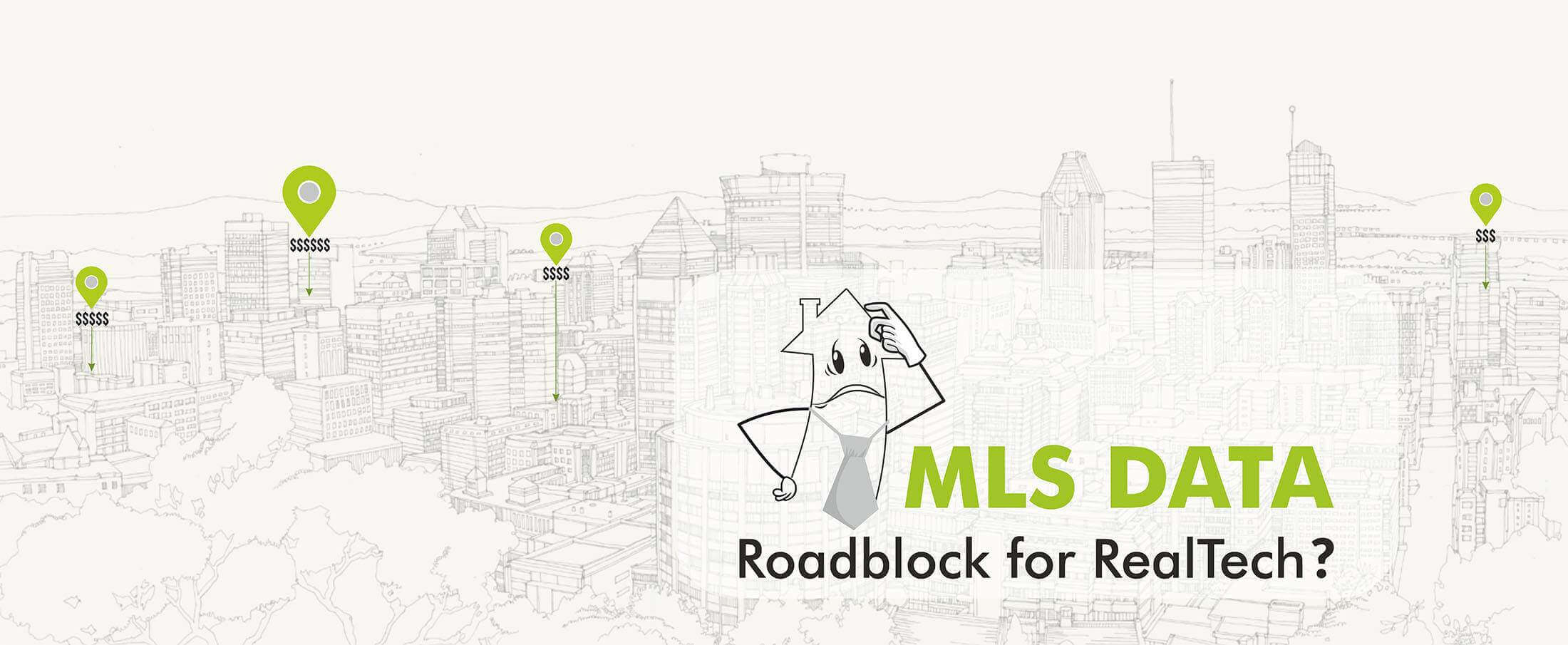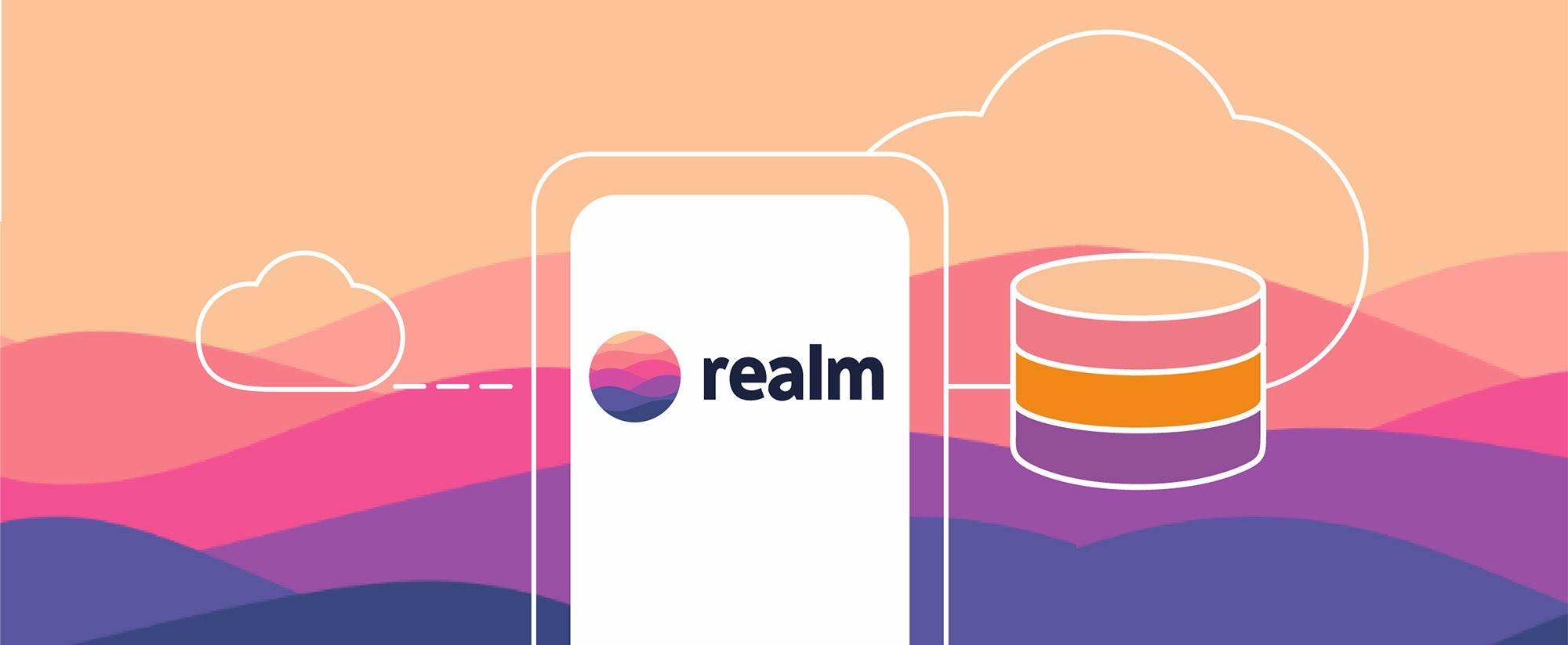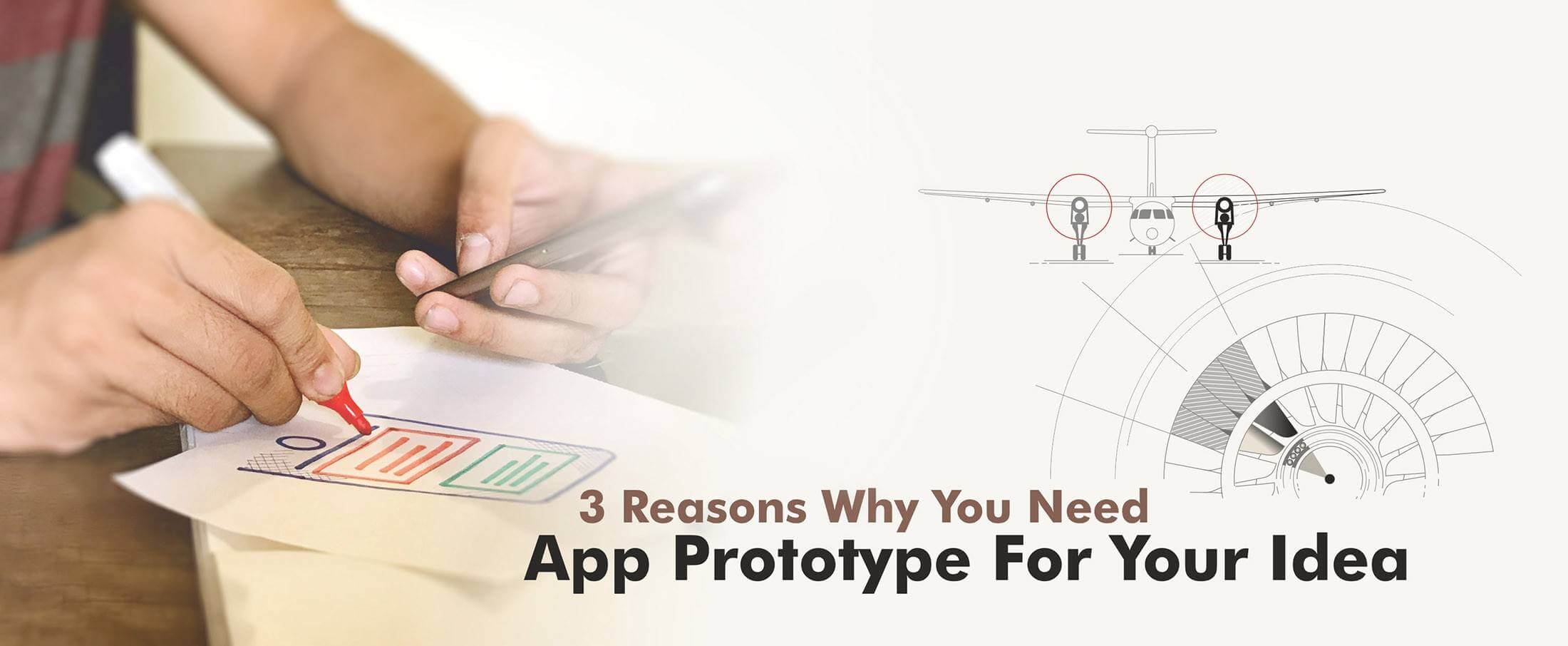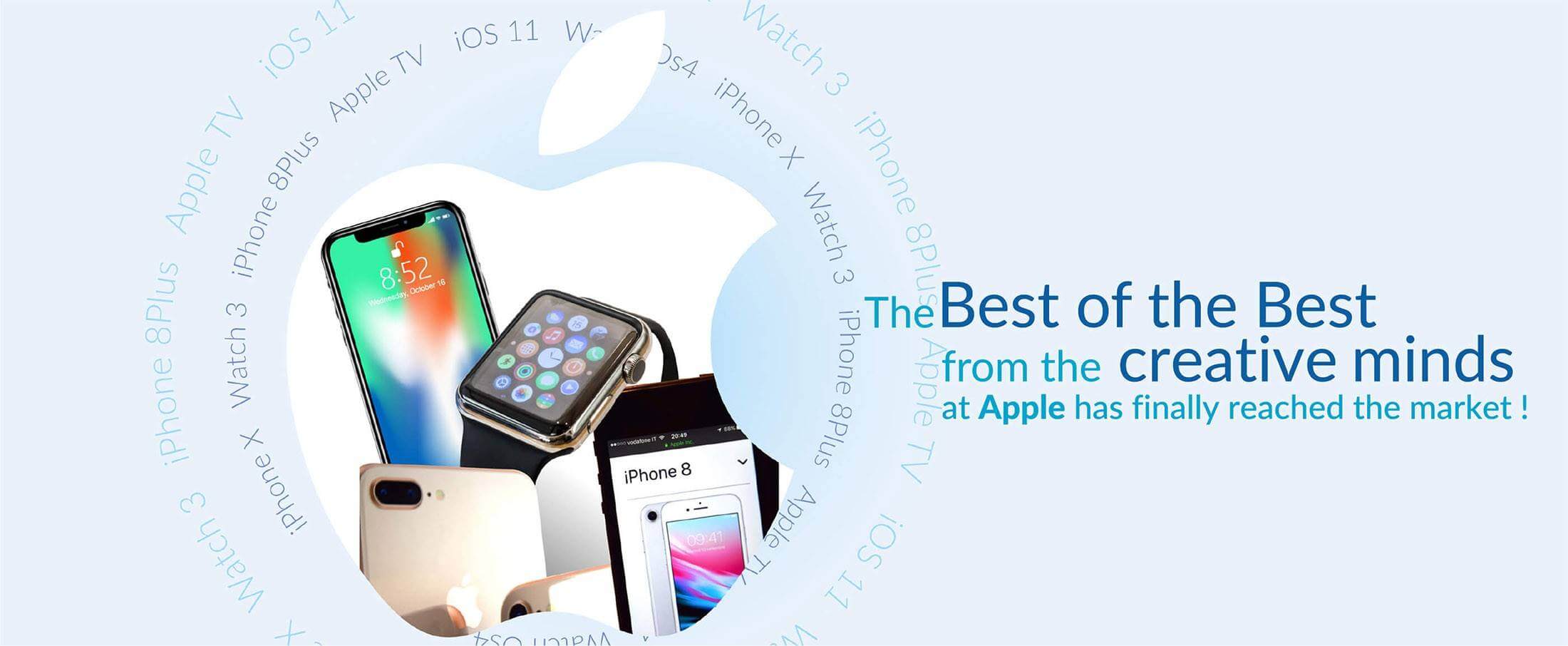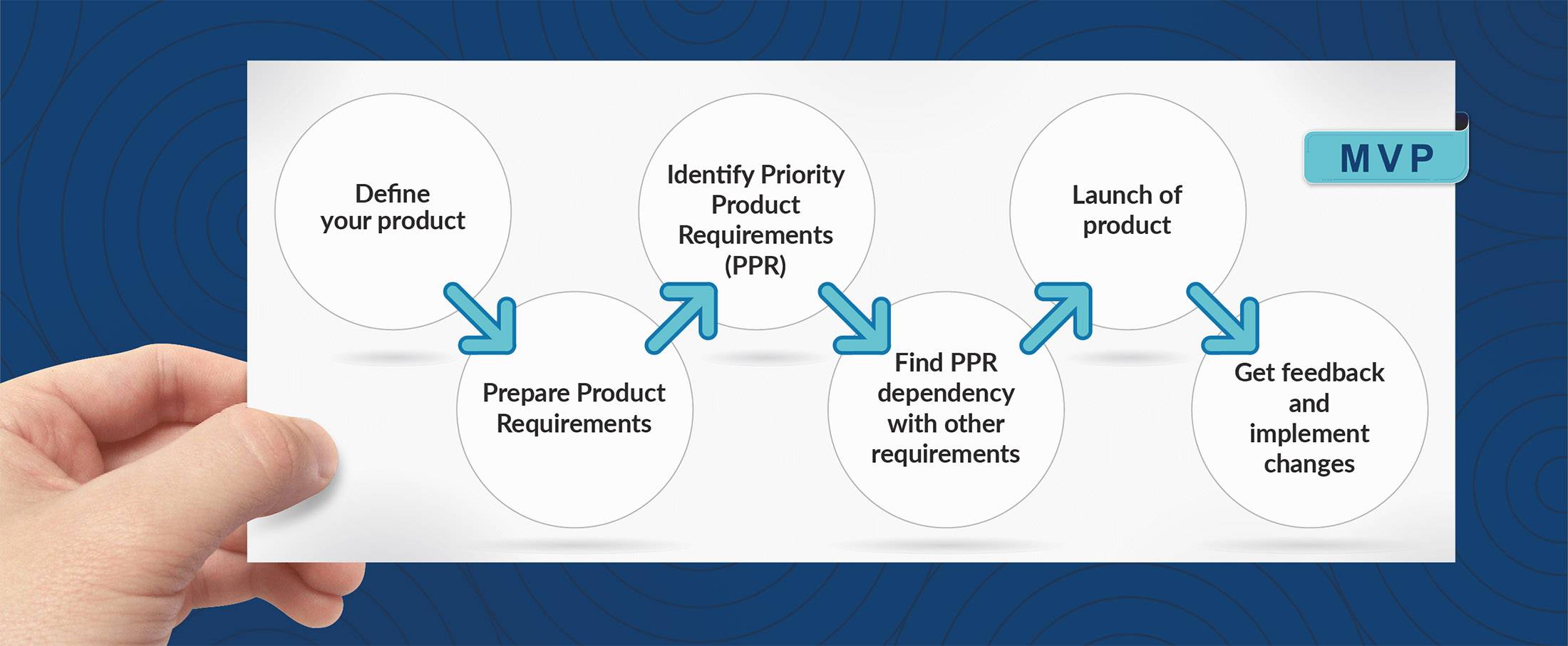How Wearables are Helping to Monitor Patients
How Wearables Are Helping to Monitor Patients
Introduced as a part of “patient empowerment” Wearable Health Devices or wearables as they are informally known is a technology that helps keep track of a human being’s vitals continuously and throughout the day without it affecting the quality of life for the individual involved. Thus, wearables aren’t just a convenient way to monitor people’s health, but they also provide health data in various states like when at home relaxing or at work or during normal or strenuous physical activity, etc. Apart from being continuous data collection devices, wearables are helpful to healthcare professionals and others in numerous ways.
Advantageous for healthcare professionals
One of the major advantages of wearables, especially for healthcare professionals, is that it helps them keep track of a patient’s vitals continuously. Generally, the only way for doctors to check and record a patient’s vitals is during doctor visits, which are generally few and far between. Additionally, it is also a known fact that stress and anxiety connected with visiting the doctors can alter the patient’s vitals like BP and heart rate. This means that apart from not having a continuous picture, the doctor might also have the wrong impression, which might adversely affect the diagnosis and hence the treatment.
This is where wearables can help as they not only record the patient’s vitals continuously but can also record them throughout the day so that the healthcare professionals and the doctor responsible for the patient’s health can have a complete idea of a person’s internal health not just at a single point of time but for the whole day and over a span of a number of days. Thus the doctor or the healthcare provider has more information which incidentally is more accurate too.
There have been many instances recently where the life of the users have been saved from possible heart attacks due to the data recorded by fitness trackers. In the UK, an Apple watch alerted the user regarding irregular heartbeat which could indicate towards arterial fibrillation. When he contacted the doctors, they gave him an ECG despite not considering the intimation from Apple watch as something serious. But the results revealed that had the watch not alerted the user, he could have suffered a stroke or heart attack.
Advantageous for healthcare providers
An important point on which wearables were originally marketed is that they help patients take their health into their own hands. Basically, having a convenient device keep track of their vitals without having to get a doctor involved can help users stay on top of their health. This, in a way, empowers patients and also motivates them to take care of their own health and make health-conscious decisions and make healthy life choices.
Additionally, wearables can also help caretakers, especially those dealing with patients who can’t take care of themselves, monitor the patient’s health and vitals remotely and continuously. This way, patients who don’t need to be hospitalized but still need to be taken care of can be constantly monitored either by healthcare professionals or concerned family members without actually being with the patient. This way, patients can be sent home early even after a major surgery as healthcare professionals now have ways and means to continue to keep track of the patient’s health. In the same manner, family members and caretakers can conveniently keep track of a vulnerable family member’s health remotely while allowing the patient to enjoy an independent lifestyle.
Free up emergencies while keeping patients safe
One of the most problematic dilemmas of our times is deciding whether or not a person’s health problems can be considered bad enough for the ER. There is a lot of back and forth nowadays on whether or not patients are being taken seriously enough during a medical emergency. The main problem here is that unnecessarily admitting patients to the ER can lead to crowding, which can then affect patients that actually need critical care. But on the other hand, not admitting patients with serious enough condition can lead to medical emergencies which can be detrimental to the patients’ life.
A great solution to this dilemma can be the use of wearables; rather than just sending a patient away on their own without any healthcare support or supervision, providing them with wearables that not only helps them monitor their vitals but can also alert professionals in case anything untoward happens is certainly advantageous. This not only helps avoid crowding of ERs and hospitals while also protecting the patient and making it possible for emergency medical help to reach patients when required.
Powering medical research
The applications of wearable devices are now extending beyond the traditional avenues into the realm of medical research. Healthcare providers and educational institutions are collaborating with fitness tracker manufacturers for conducting various types of research. Recently, Apple has announced the following three different research projects in collaboration with different agencies: –
- Apple Women’s Health Study: –
Apple has collaborated with the NIH’s National Institute of Environmental Health Sciences (NIEHS) and the Harvard T.H. Chan School of Public Health. It is conducting a study that focuses on menstrual cycles and gynaecological conditions in women. The objective of this study is to inform regarding screening and risk assessment for various health conditions like PCOS, osteoporosis, menopausal transition etc. - Apple Heart and Movement Study: –
In association with the American Heart Association and Brigham and Women’s Hospital, Apple is conducting a comprehensive study regarding mobility signals and heart rate relation to heart health and hospitalisation This study aims to improve quality of life and promote better cardiovascular health amongst the users. - Apple Hearing Study:-
Apple is working with the University of Michigan to understand how everyday exposure to different kinds of sounds impacts hearing. The findings of this study will be shared with the WHO for the “Make Listening Safe” initiative.
Thus, wearable technology is definitely advantageous in a number of ways. Though it is currently just being used by patients to self-monitor their health, this technology can be used by medical professionals, doctors and healthcare providers and family members to remotely monitor patients thus acquiring more data and insight into the patient’s health without being invasive. But the technology is not without its shares of challenges. The biggest issues that will be faced are the data interoperability and data interpretation for the healthcare providers. There is a need for ensuring uniform standards in the data collection so that the desired benefits can be realised.
References
- https://www.welbi.co/single-post/5-health-benefits-of-wearable-tech
- https://www.ncbi.nlm.nih.gov/pmc/articles/PMC6111409/
- https://interestingengineering.com/apple-watch-credited-with-saving-a-uk-dad-from-heart-attack-stroke
- https://www.apple.com/in/newsroom/2019/09/apple-announces-three-groundbreaking-health-studies/
- Healthcare
- mHealth
- Remote Monitoring
- Wearables
Mobifilia
13 April 2020
